Have you heard the word agender but have no idea what it really means? And maybe you’re also too embarrassed to ask? We’re here to help.
Agender is a term or identity for a subset of non-binary folks. For those of you who haven’t heard this term before, this post is for you. Essentially, someone who does not label themselves as either a guy or a lady, or as any gender, is assumed to be agender. This’s it!
Pretty simple, right? That's all there is to it. The umbrella for the term non-binary people is extremely broad, and some agender people will even call themselves non-binary. It's all about personal choice, as is true of all identities. We, at Pride Palace, are going to break it all down for you here.
What Does Agender Mean?
Remember, gender is how you present yourself. This should not be mistaken for the sexual binary, which is dependent on chromosomes and something that scientists can see through testing. In the sexual binary, all humans either have a y chromosome (and their DNA ranks as male) or a double X chromosome (which ranks them as female).
This sexual binary doesn't have anything to do with the genders or what anyone has underneath their clothes. Nor does it influence their romantic or sexual attraction. Being agender, on the other hand, just affects the gender identity, nothing more.
For agender people, that gender binary doesn't represent something that they can identify with. The majority of agender people don't see themselves as any gender, and their clothing, jewelry, makeup, and hairstyle choices will reflect that in a variety of ways.
Agender people may demonstrate their identity in different ways, but the underlying commonality is that none feel comfortable saying that they are a man or a woman. Some agender people identify with their sex, but not the gender roles and presentations associated with it.
Alternatively, they may not want to label their gender because they are a human above all else, or they may still be figuring out the right identity. The great news is that there is no right or wrong way to be agender.
Being Agender In Society
In the same way that society is still learning the right words to express the varieties of sexualities and genders (or lack thereof), we’re also learning how to let people express their identities.
Some agender people may try the hormone therapies or surgeries available for people who want to transition. These surgeries and therapies are not necessarily to transition from one gender to another but rather to help someone achieve the body that best represents their identity.
We believe everyone should have the chance to be whoever they want to be, whether that means they have a gender or not. So, why do some people need gender and others don’t?
Why Does Gender Exist?
Gender conveys an impression to the individuals around us. Since people feel a need to classify objects, environments, and other people, gender appearance allows people the opportunity to decide how to approach and communicate with others.
This isn’t meant to be disrespectful or mean, but human minds are conditioned to make sweeping generalizations based on a basic collection of rules or principles.
For example, a woman might be more likely to stop another woman to ask for directions if she is lost. Women may be more likely to feel safe around another woman.
Someone who is agender might notice that women are more likely to talk to them on days when they present with some traditional feminine qualities. In contrast, on days when they present themselves in a more masculine way, lone women may not stop to ask for directions.
This is why many people can be puzzled or disoriented when they first begin to communicate with an agender person.
Social Scripts
We believe that all humans are basically good, and most strangers don't mean to be disrespectful or cruel. However, when you’re working or doing your grocery shopping and you choose to communicate with someone who doesn't fall into your typical social scripts, it may take you a few moments to redirect yourself to talk or make contact that is appropriate.
So, what’s the best way to approach these types of situations? We believe the easiest way is to treat people is with dignity. If you're confused about what kind of gender pronouns you're supposed to use with others, just inquire respectfully.
We guarantee that most people more likely want to be questioned than misgendered. Think of it just like as if you didn’t know how to pronounce someone’s name. You’d ask, wouldn’t you?
They/Them?
Some people like to use they as a singular pronoun, while others like to use ze or xe.
Some people fought back against they and them as singular pronouns and argued that they were transforming the English language. But actually, “they” has been a singular pronoun in English since the 1300s.
In truth, the critics had already begun the very same debate in the 1700s, and the error in their ways has been seen. It also serves to prove that if you go back far enough in time, you're sure to discover that some individuals just want to argue for argument’s sake.
The History of Agender People
Did you know the term agender is actually not a new one? In the 1990s, feminists used the term genderqueer to refer to those who defied gender roles, including transgender people, agender people, and genderfluid people.
From there, people within the umbrella term of genderqueer began to separate themselves in order to gain representation for people who experienced the same gender, or lack of gender, as they do.
As of 2014, agender was a selectable option on both the popular dating website OkCupid as well as Facebook. This option allowed agender people to better represent themselves to their friends, family, and possible love interests.
The Agender Flag
You guessed it! Agender people have a flag too. In 2014, Salem created the agender flag for the community via Tumblr. The agender flag features black, grey, white, light green, white, grey, and black stripes in that order.
If you’re wondering what the stripes mean, the black and white stripes demonstrate that agender people live and function outside of the gender binary. The green does the same since it is the opposite of purple, which is commonly used as a symbol of both genders.
In 2011, the first version of the genderqueer flag was drawn up by Marilyn Roxie to represent all those perceived outside the gender binary. However, a few years later, someone else created a non-binary flag for individuals who only described themselves as non-binary and not genderqueer.
From there, other groups under the umbrella of genderqueer began to design flags and symbols for their smaller communities to ensure that everyone felt adequately represented. Everyone wants to be proud of who they are, and flags are great symbols of inclusion in the LGBTQ+ community.
In Conclusion
There’s a place on the gender spectrum for everyone. Since gender can be expressed through what you want to do every day, agender folks may differentiate themselves from certain standards to feel more secure with their bodies.
Simply put, the gender binary is only as true as we think it is, so be proud of who you are. You are beautifully unique, so celebrate that every day!
Sources:
https://en.wikipedia.org/wiki/Non-binary_gender


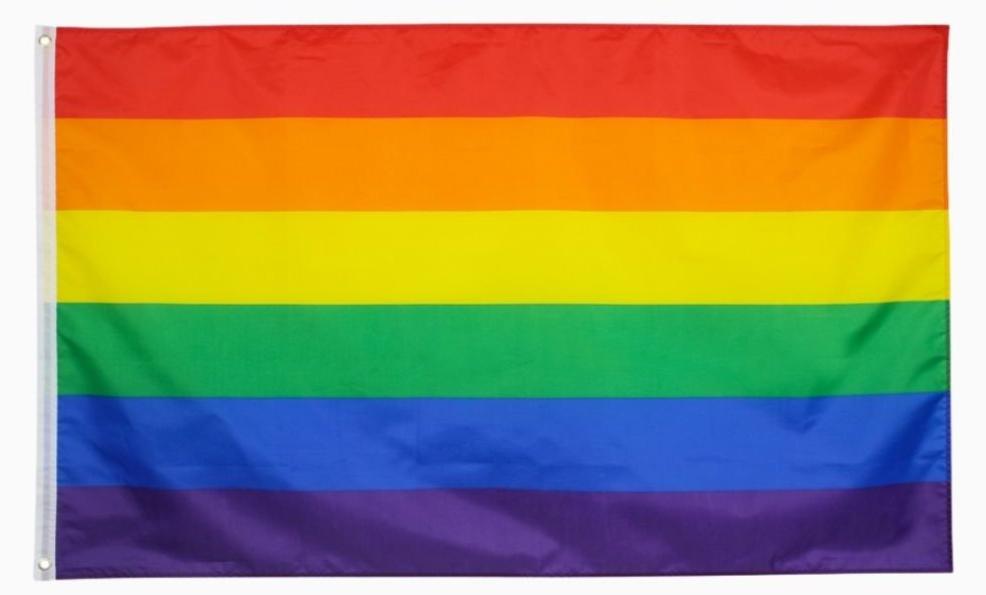
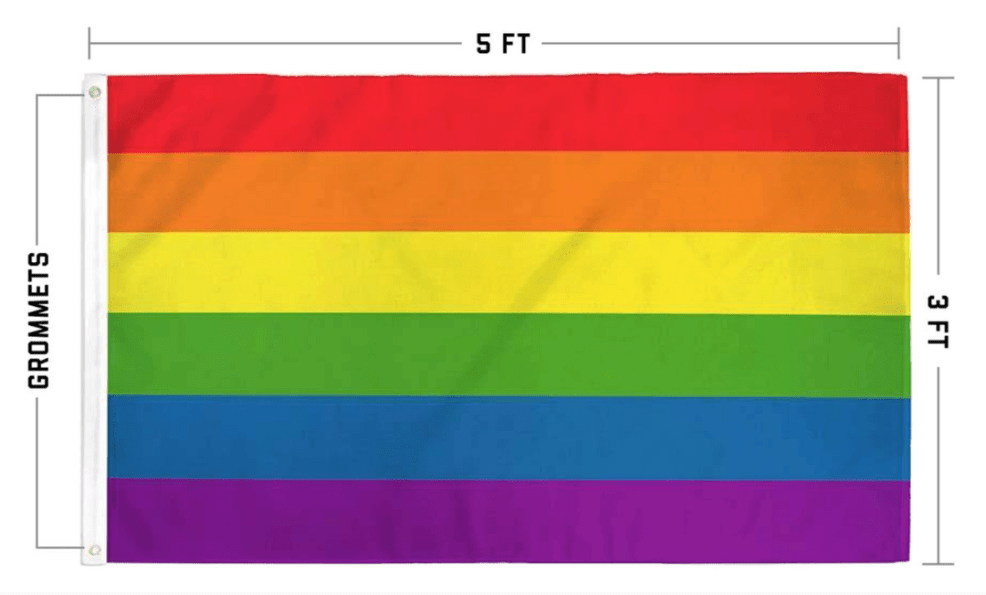
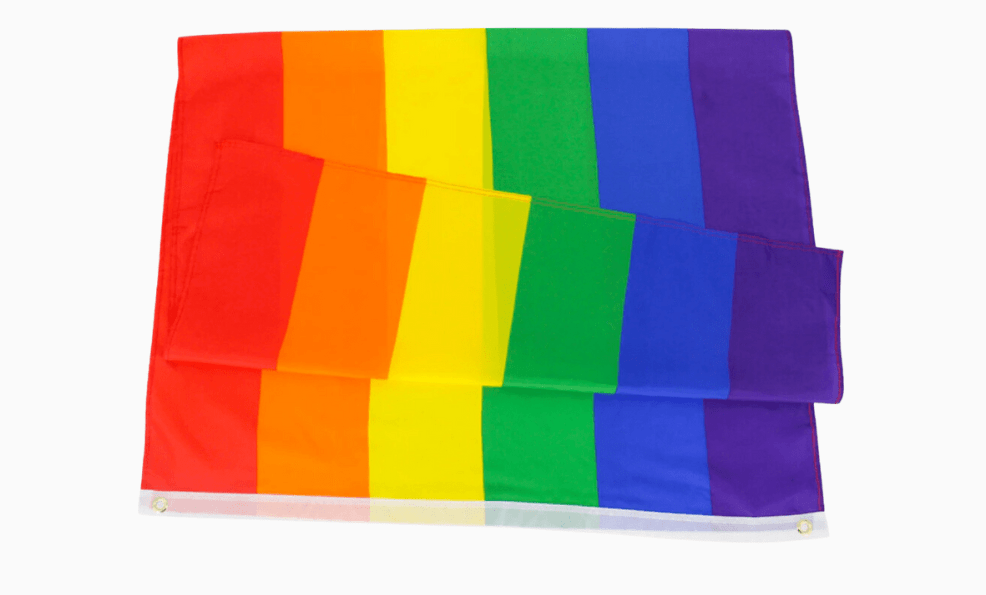
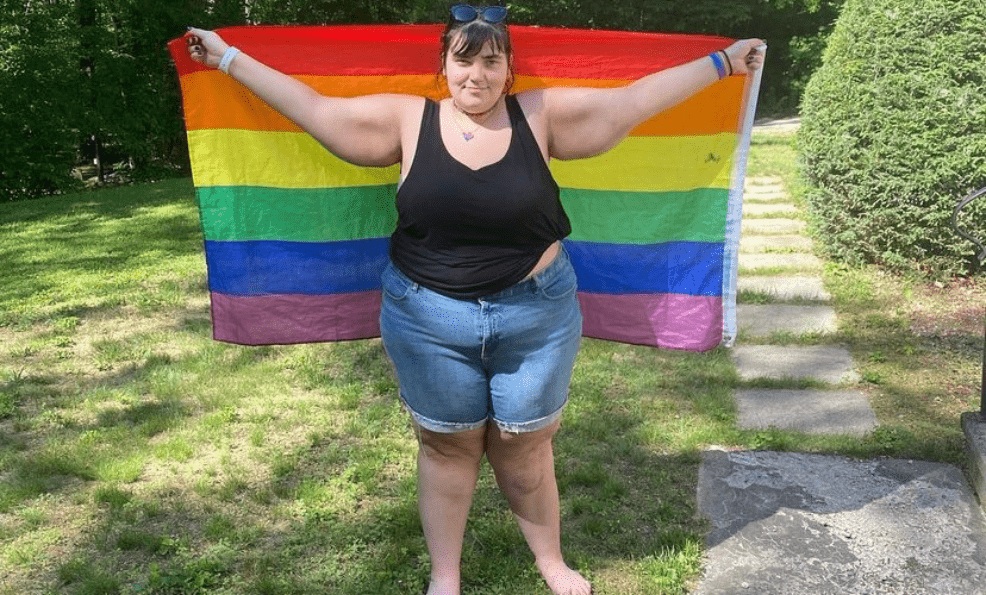
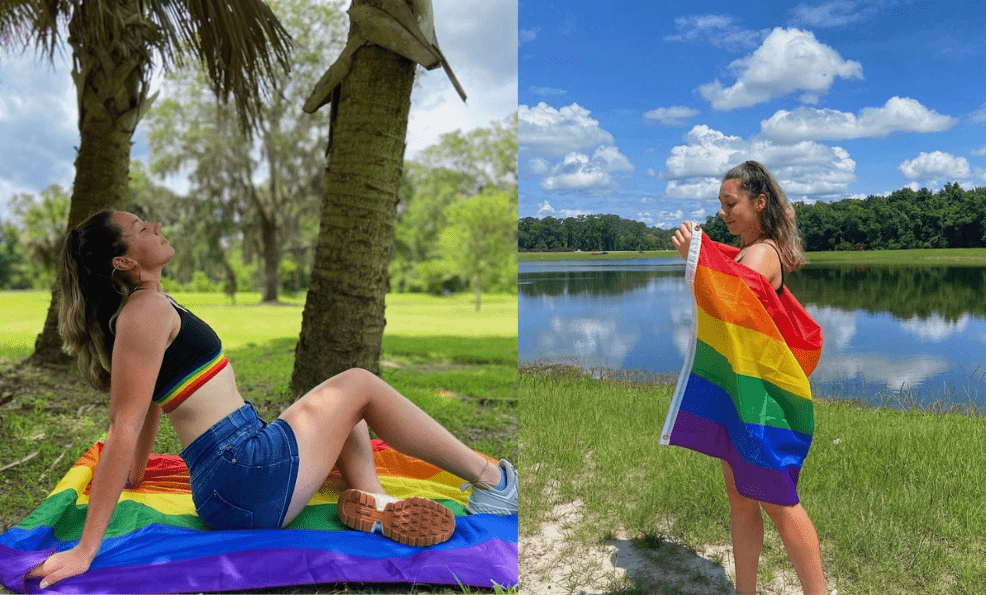
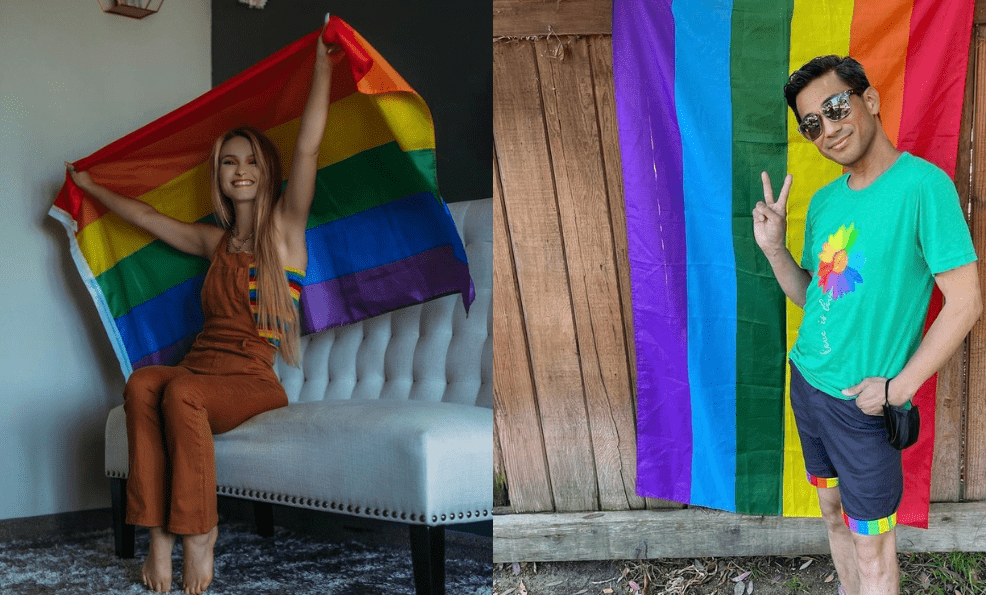
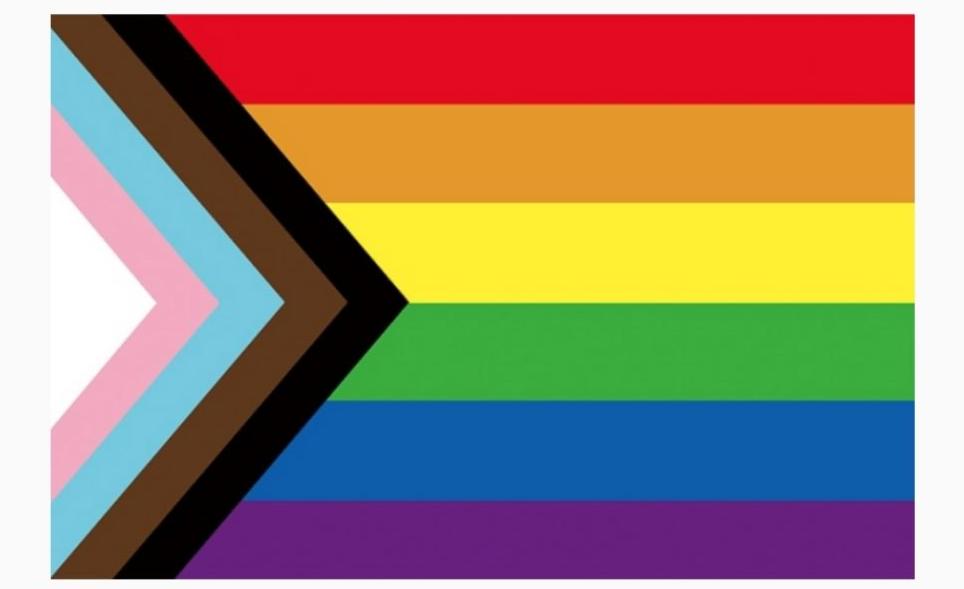
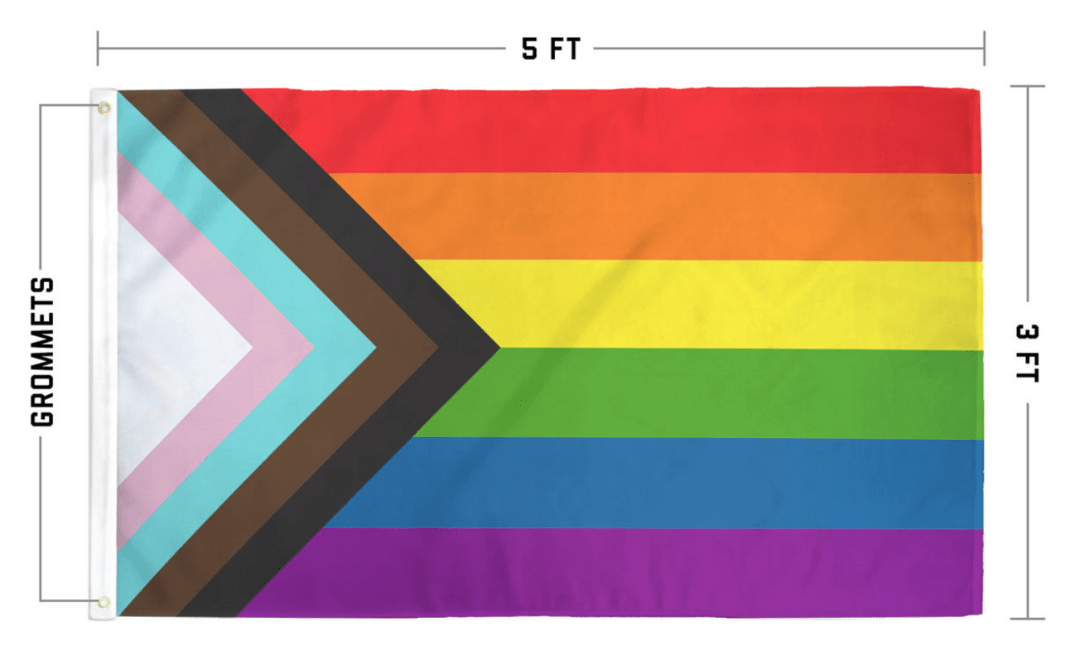
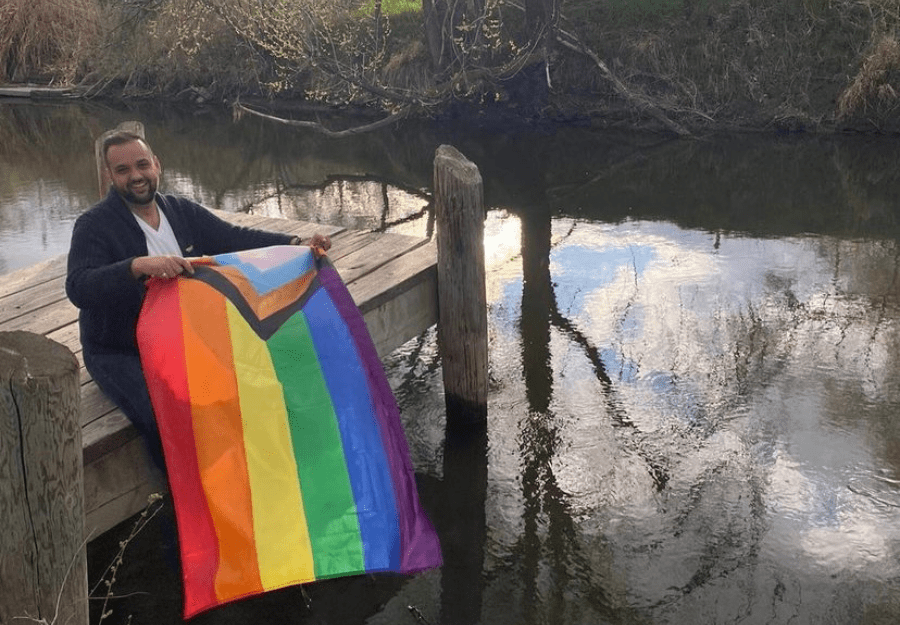

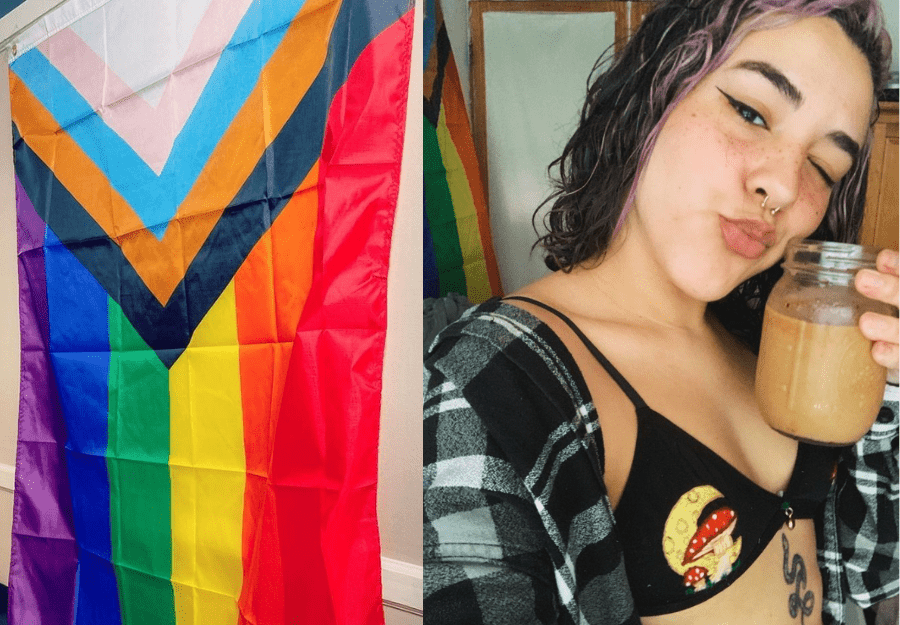
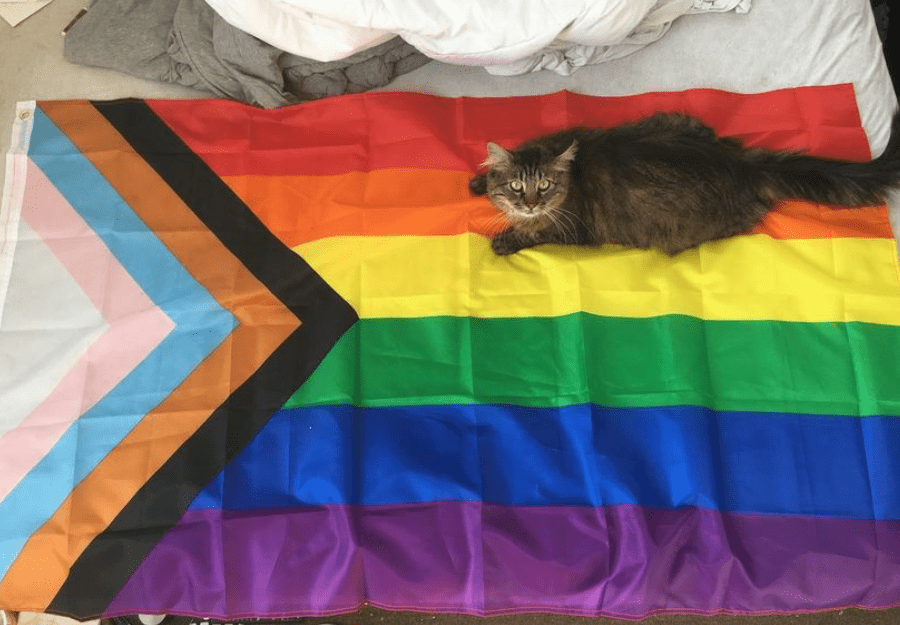
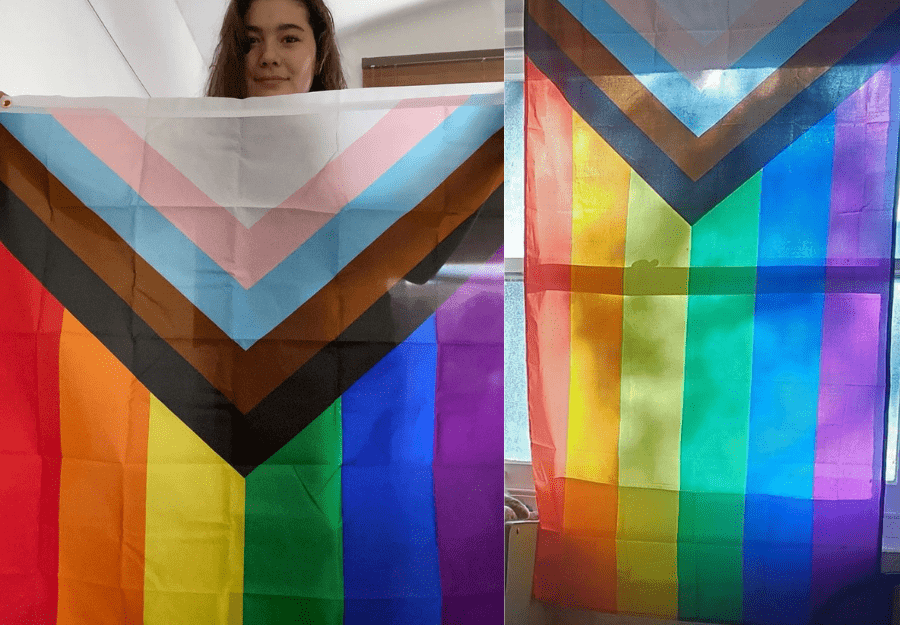
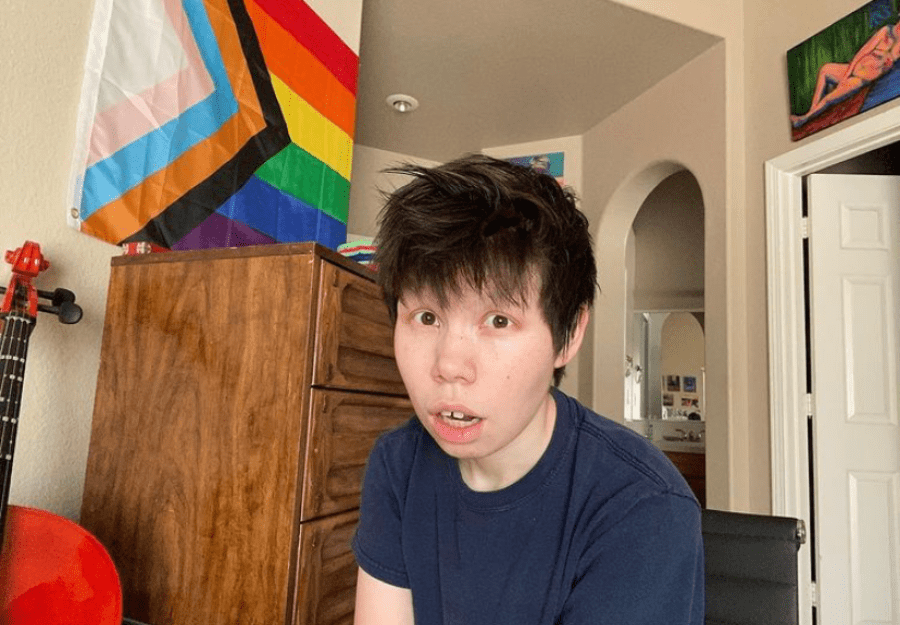

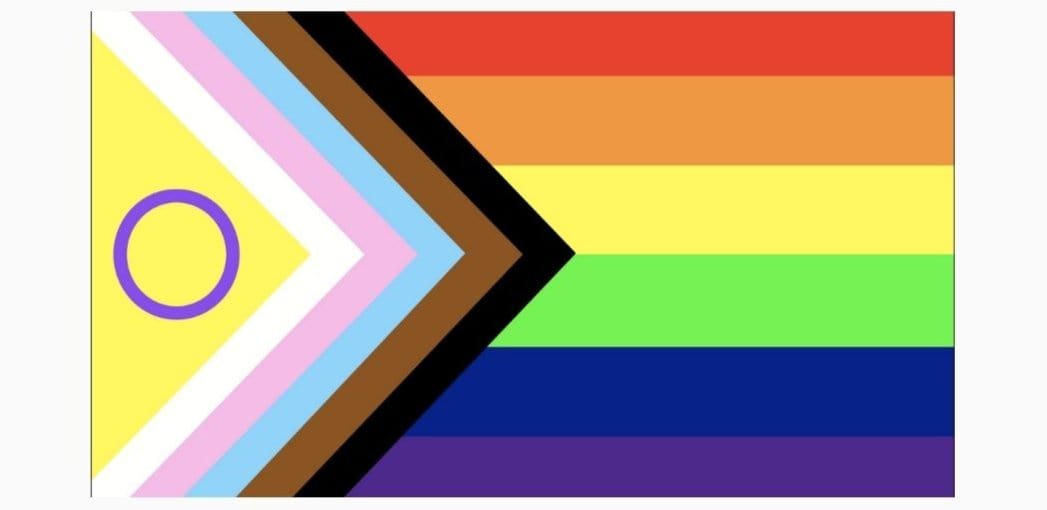
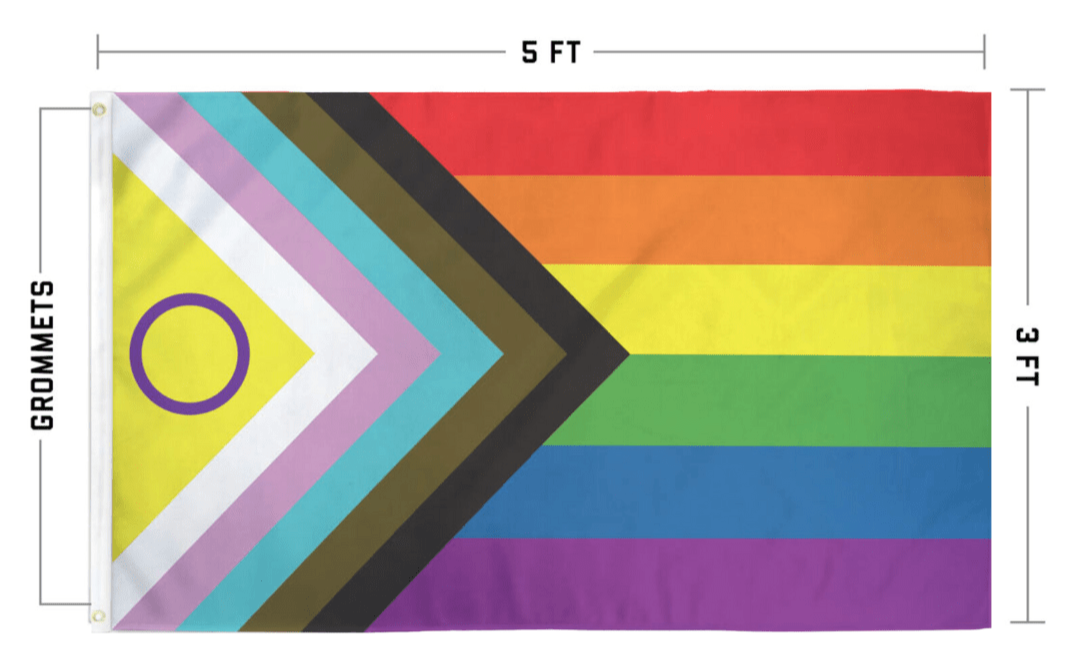
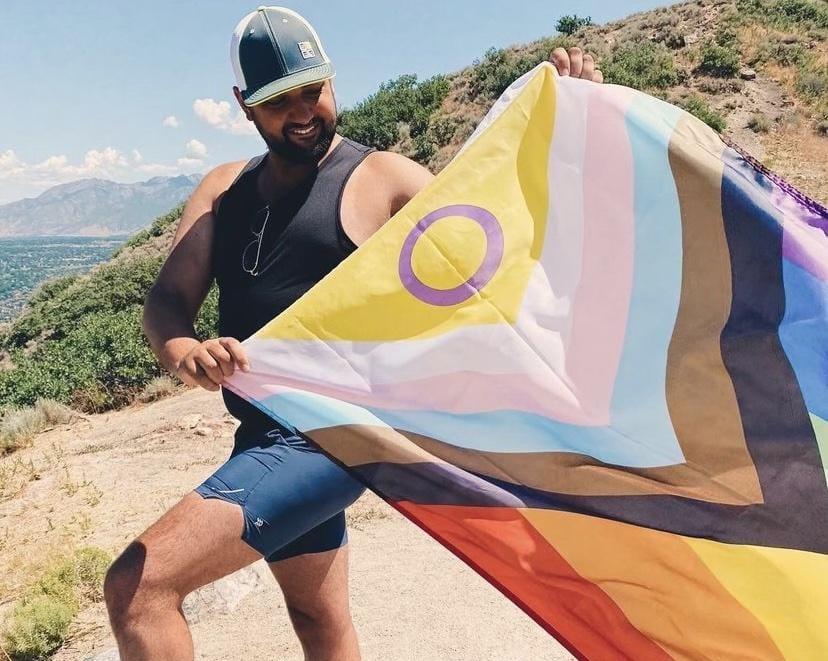
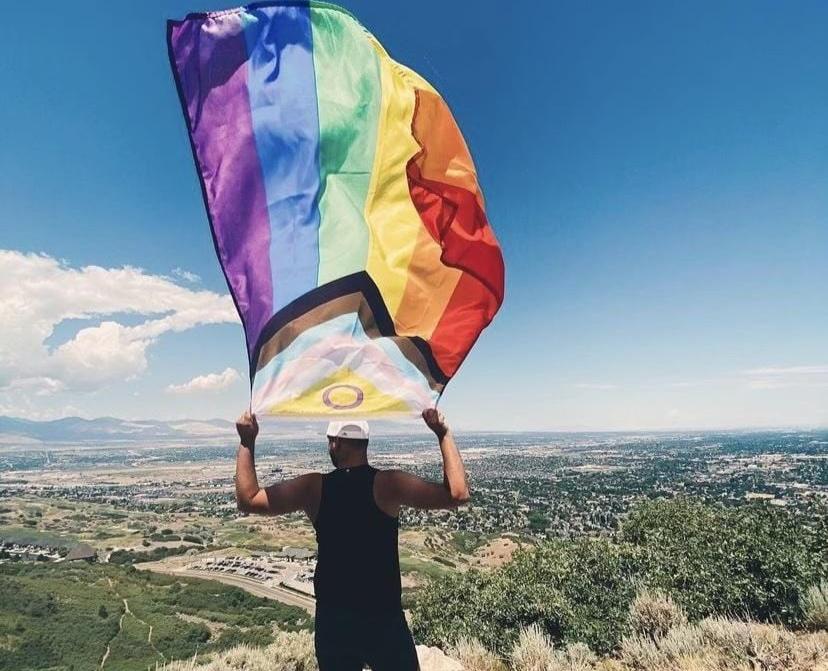
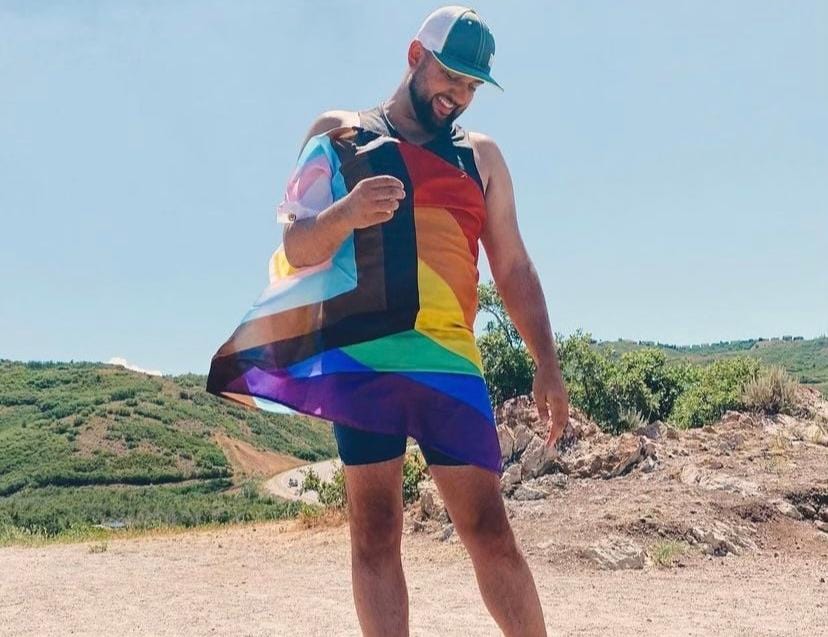
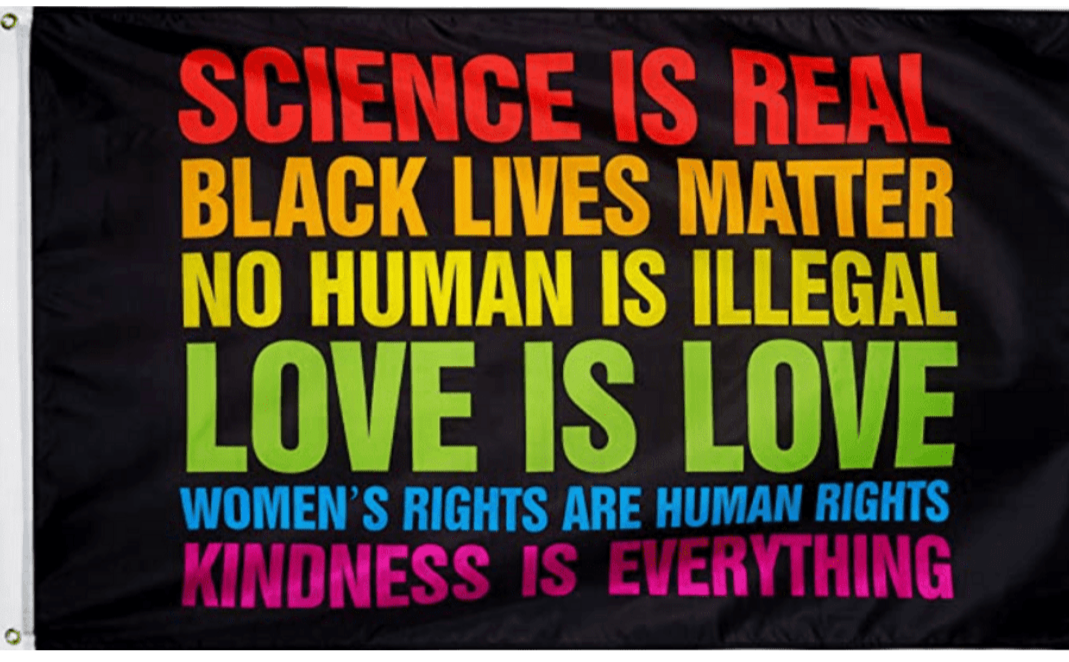
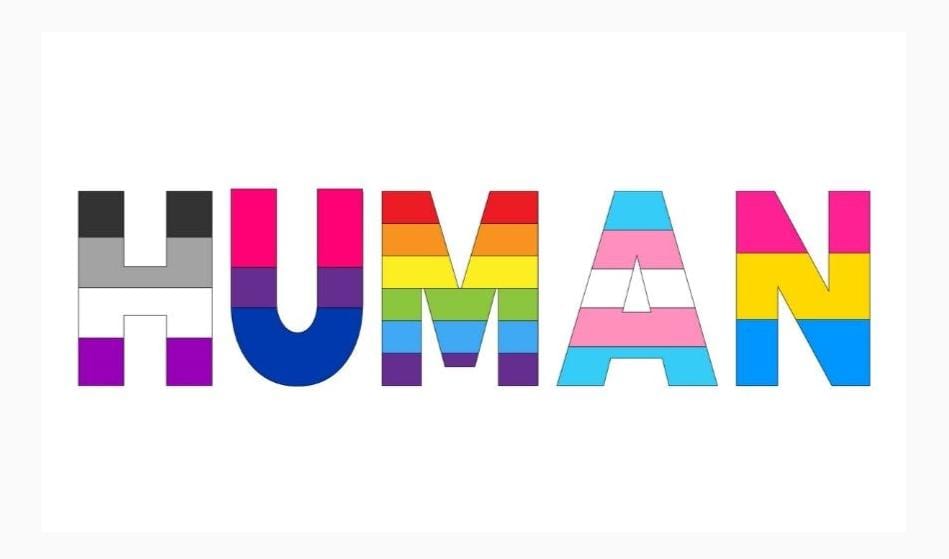
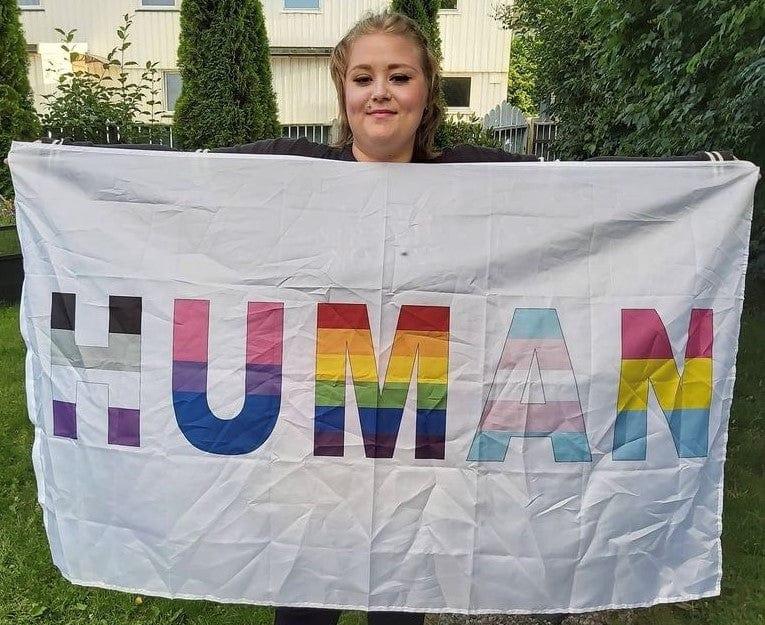
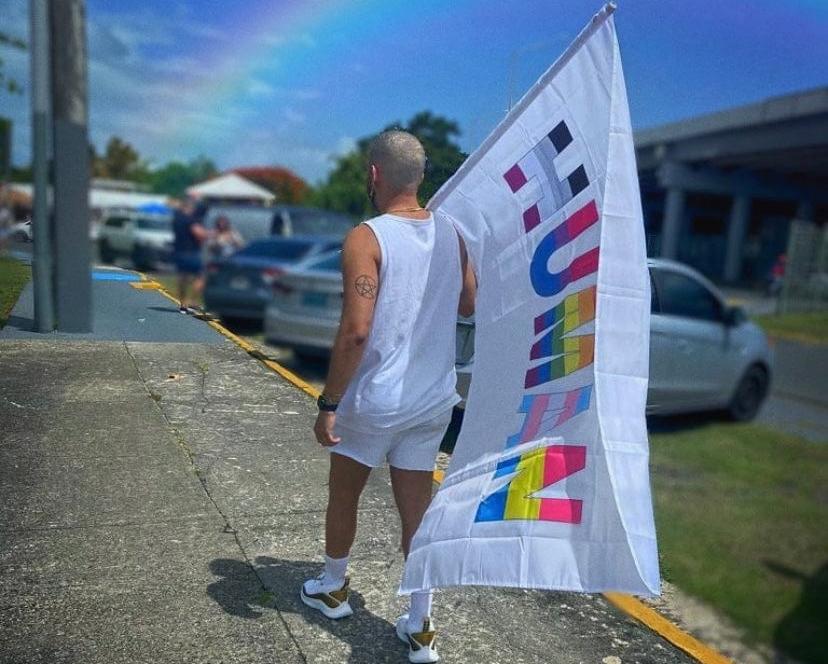
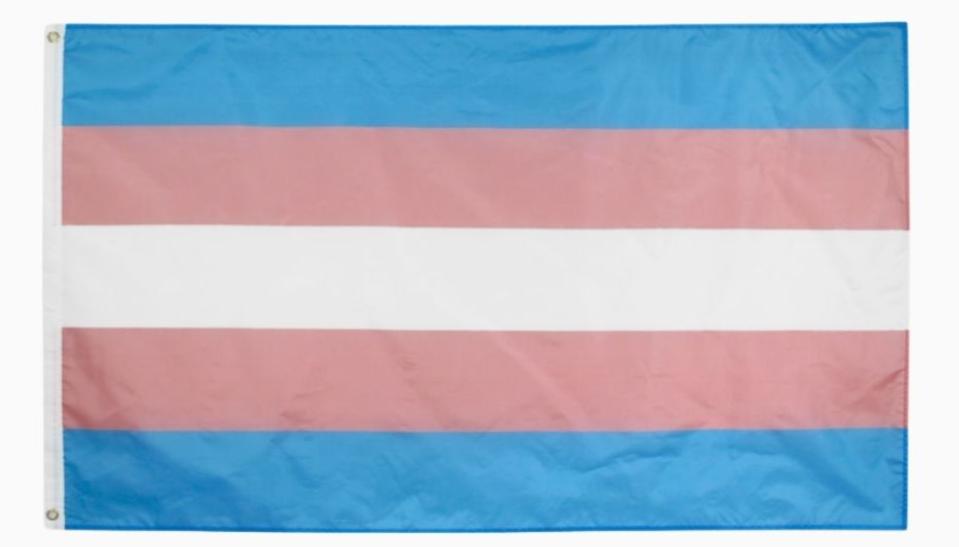
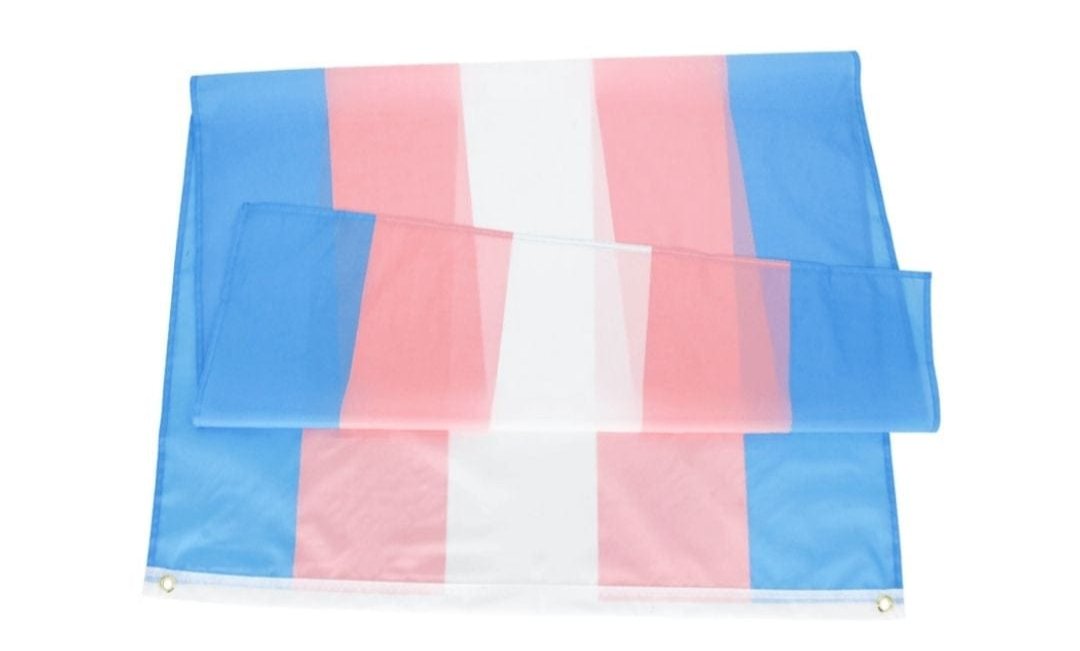
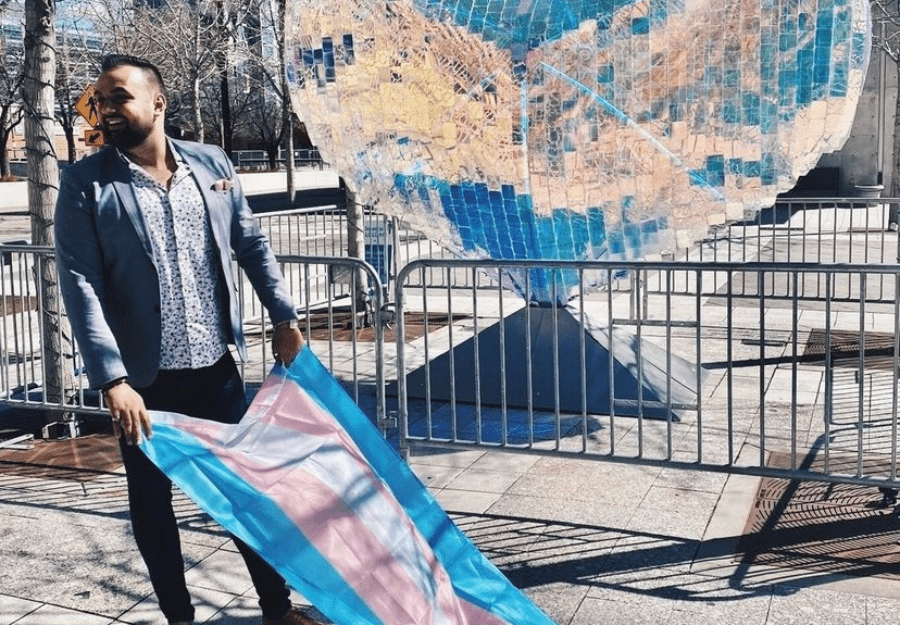

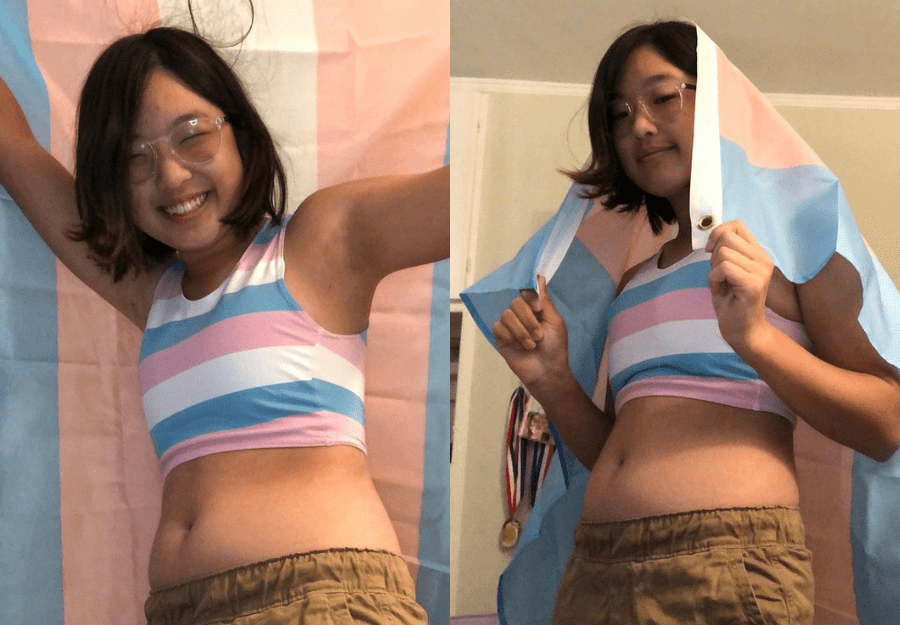
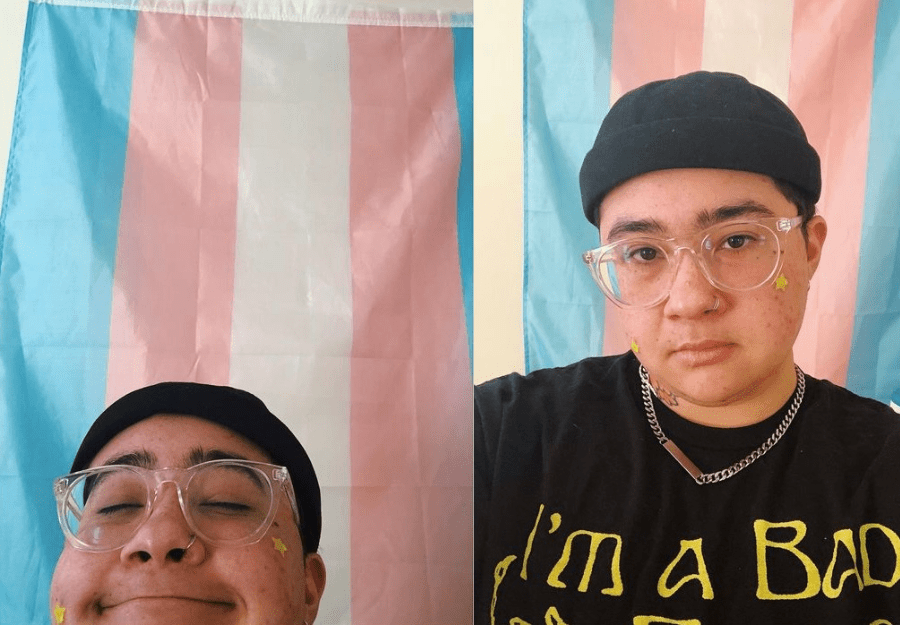
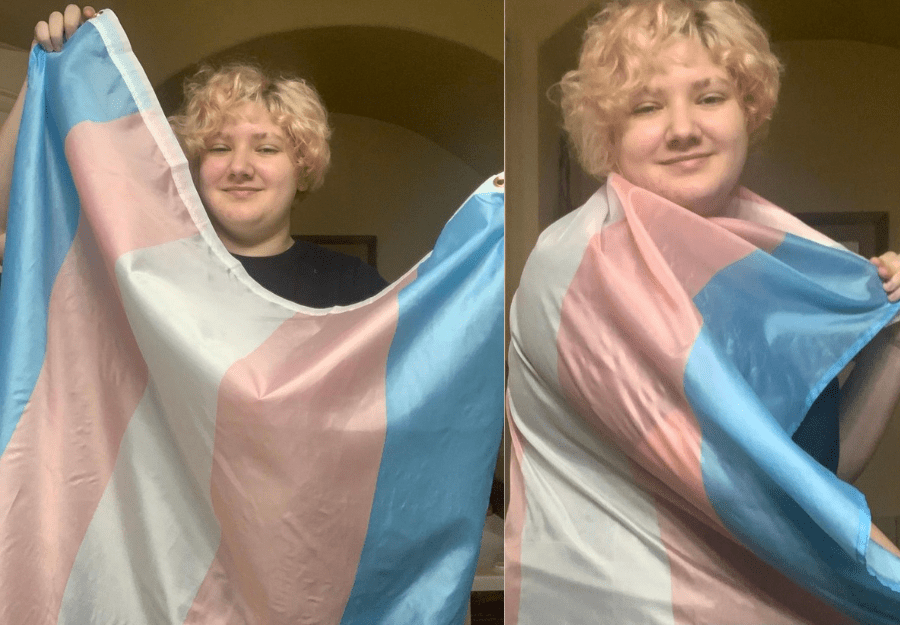
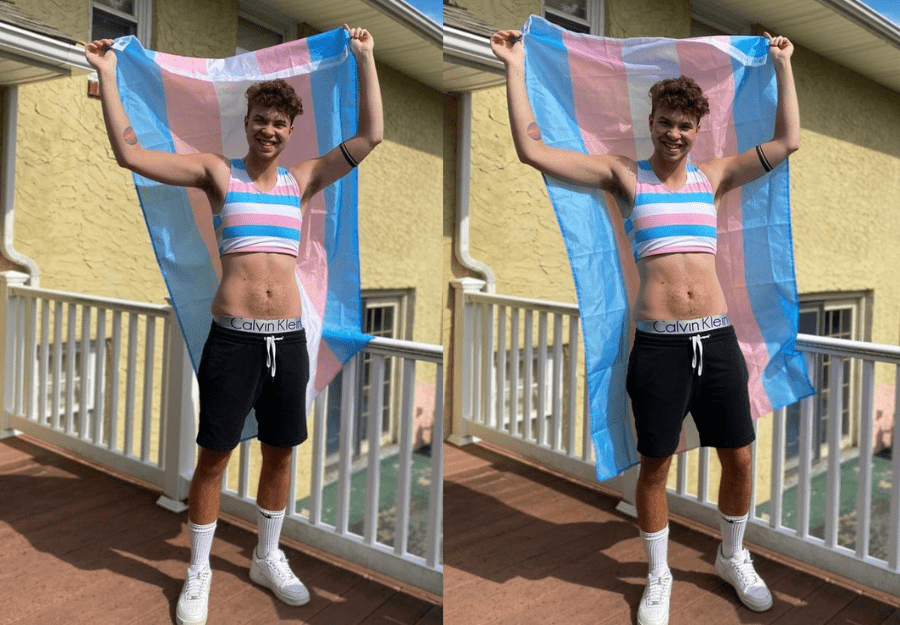
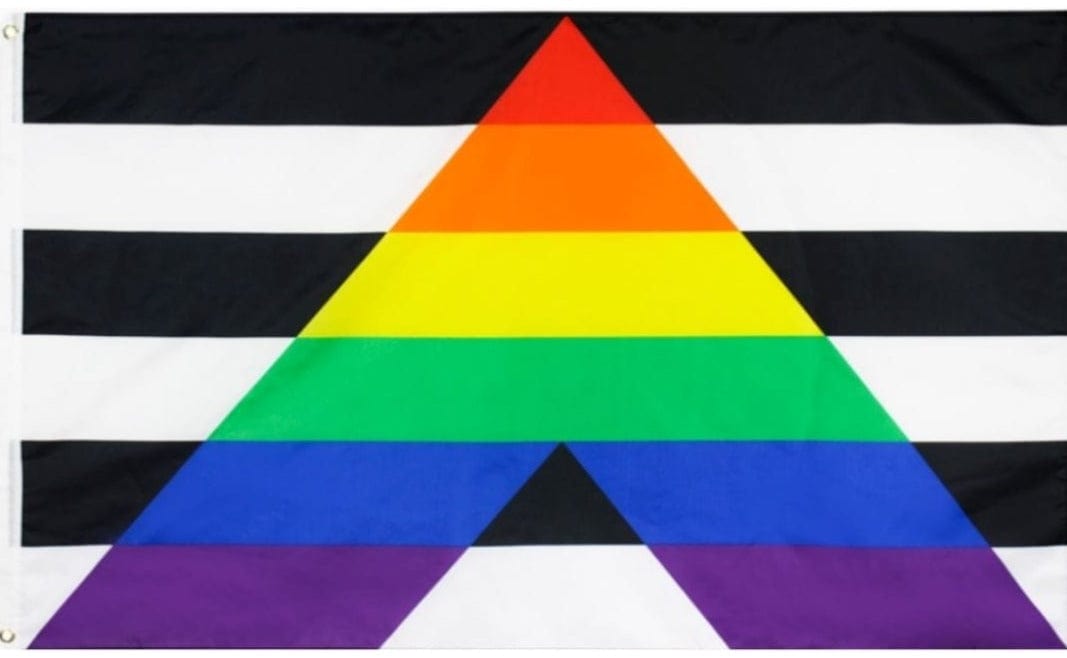
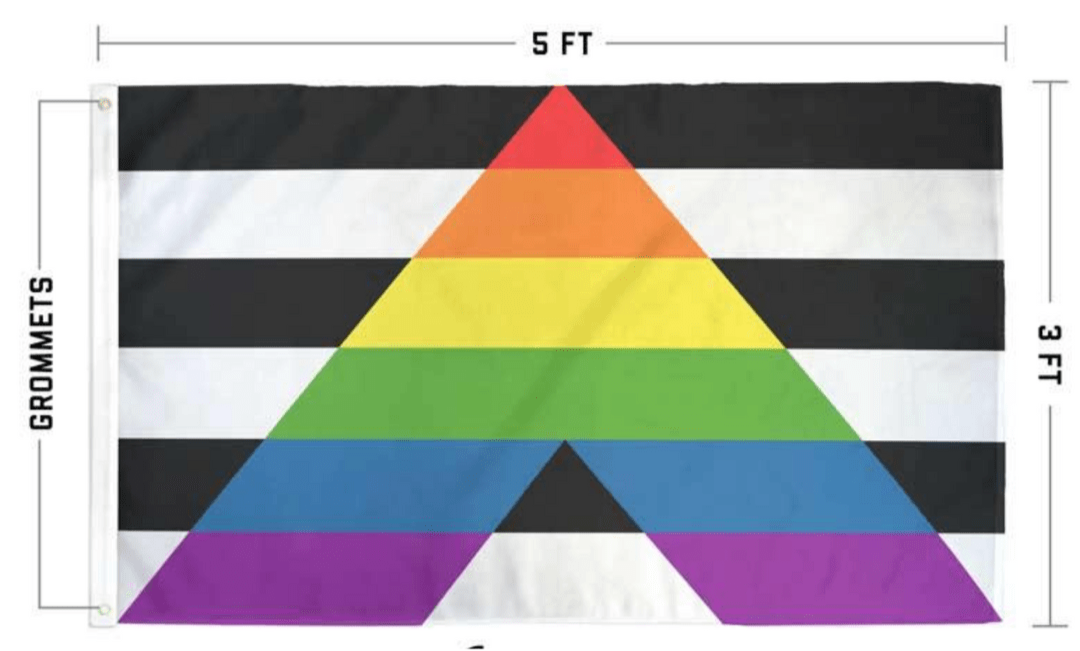
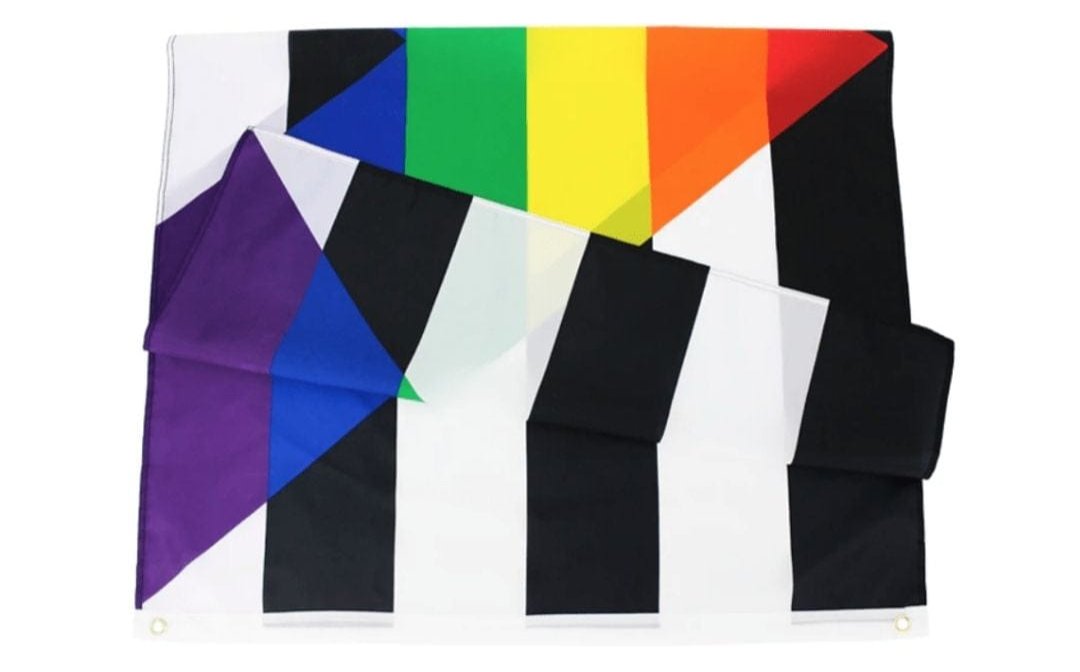
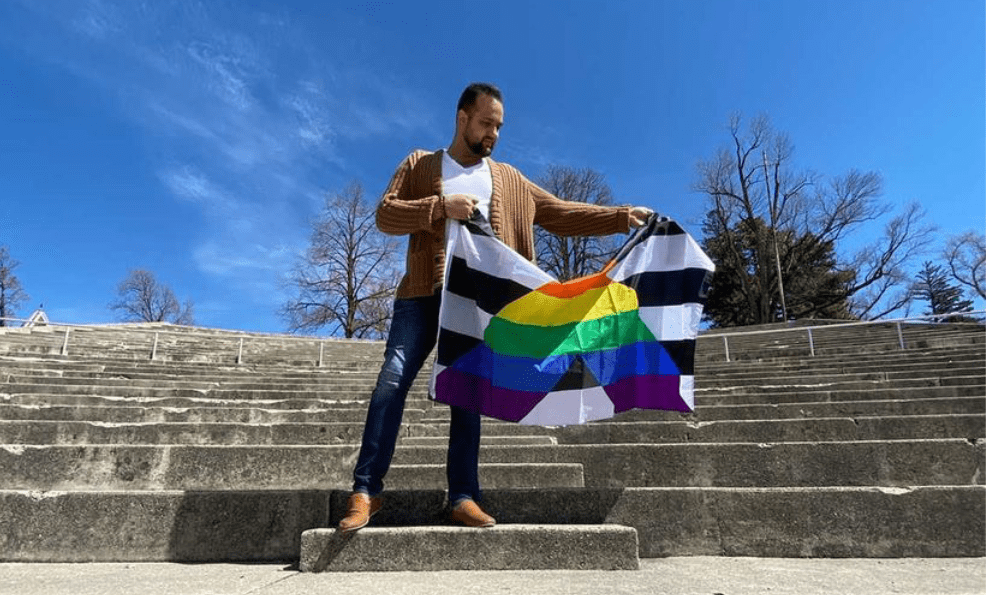
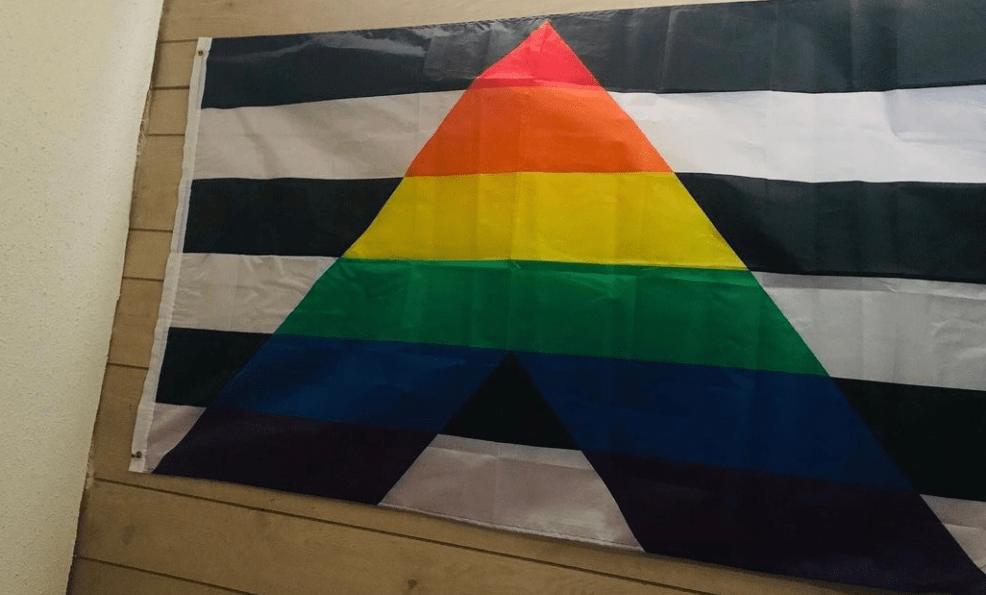
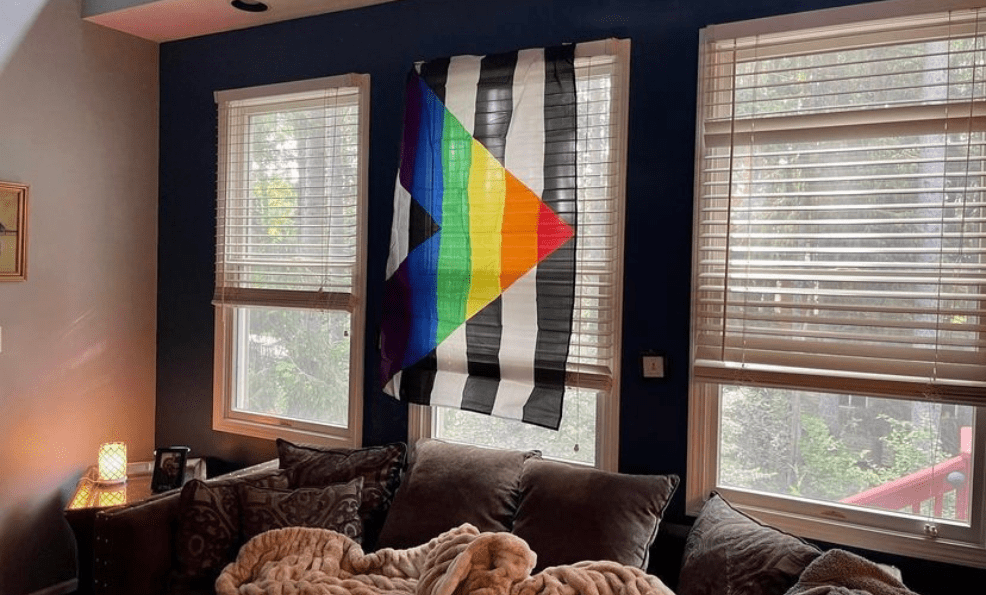
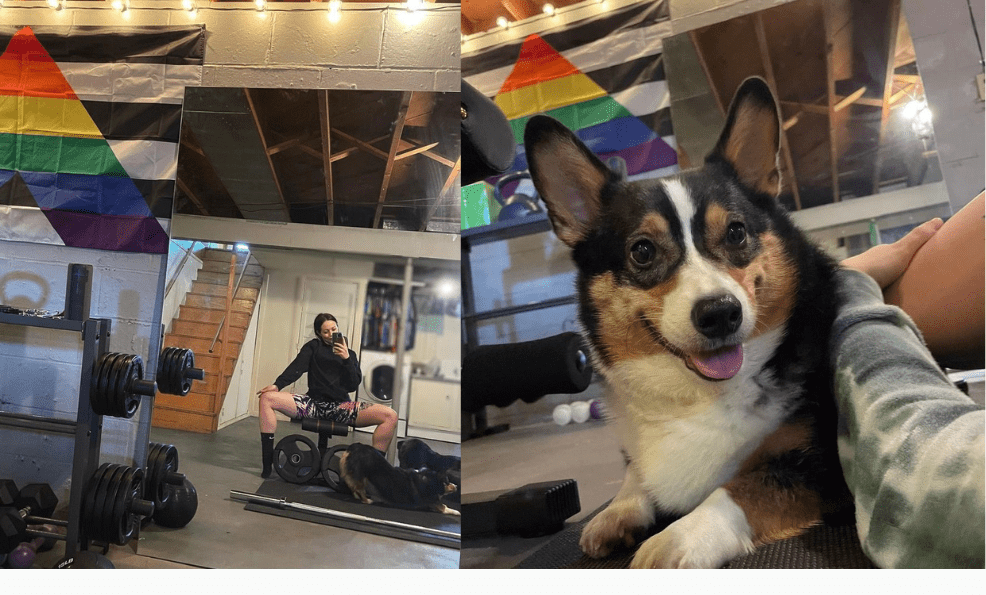
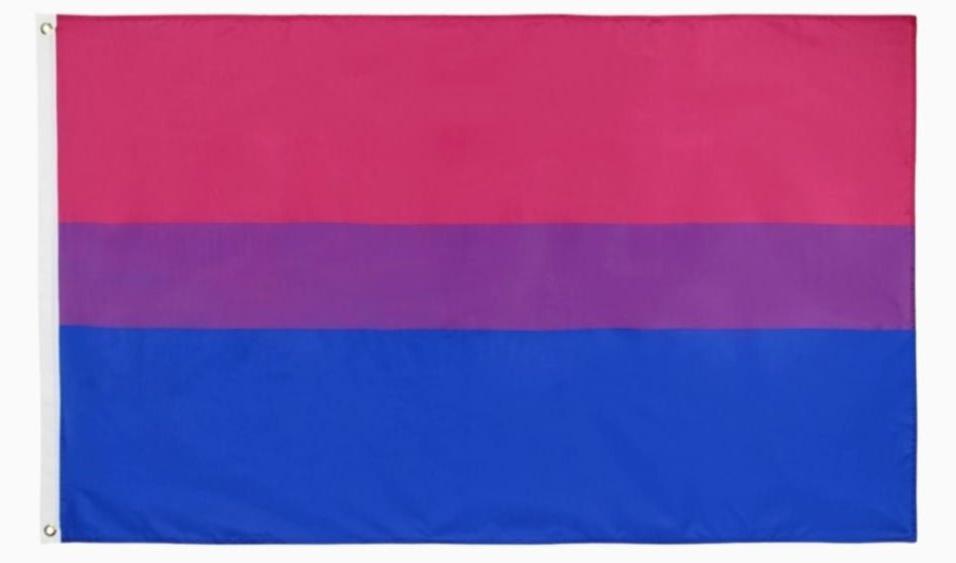
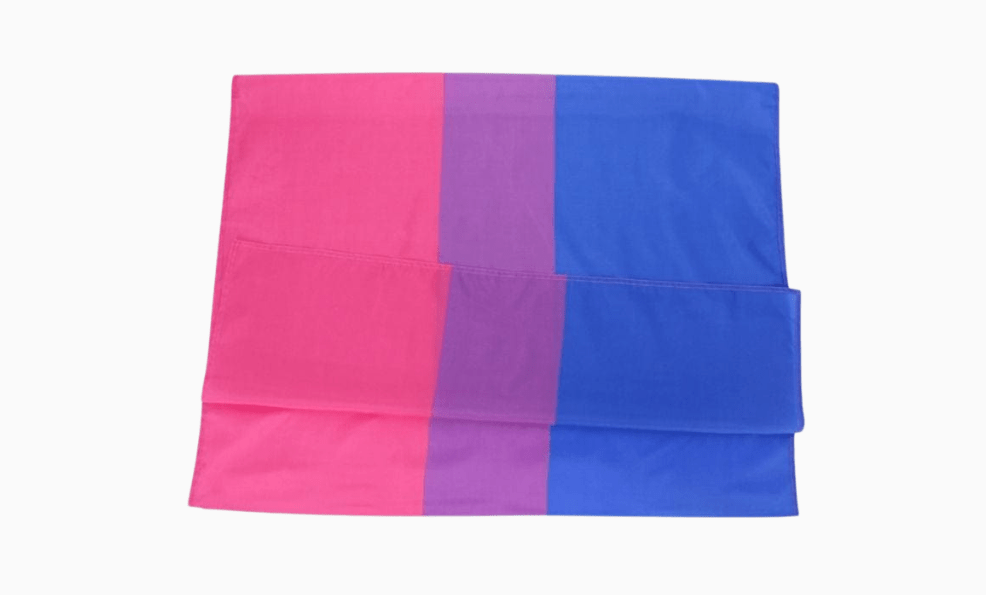
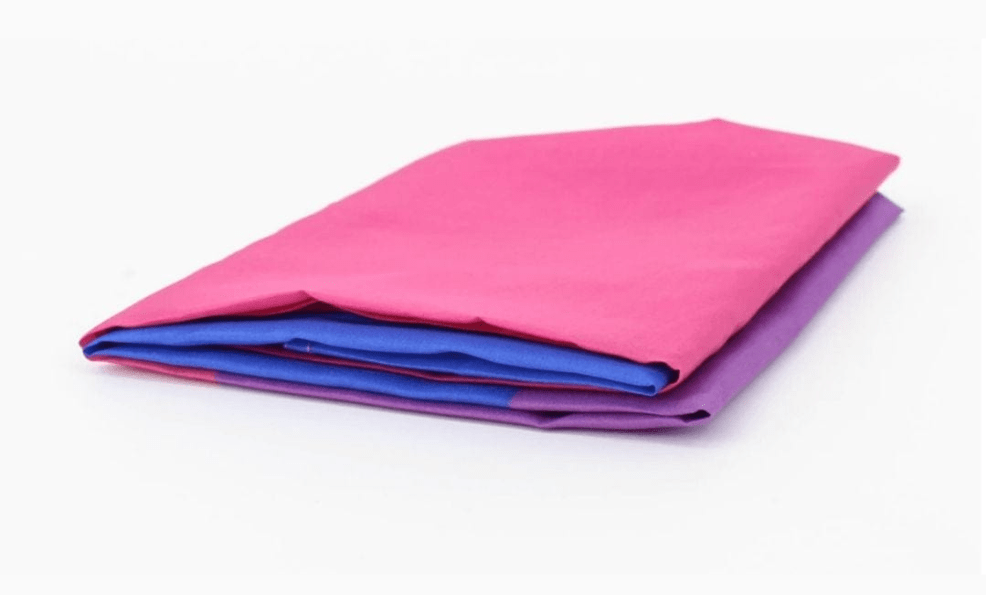
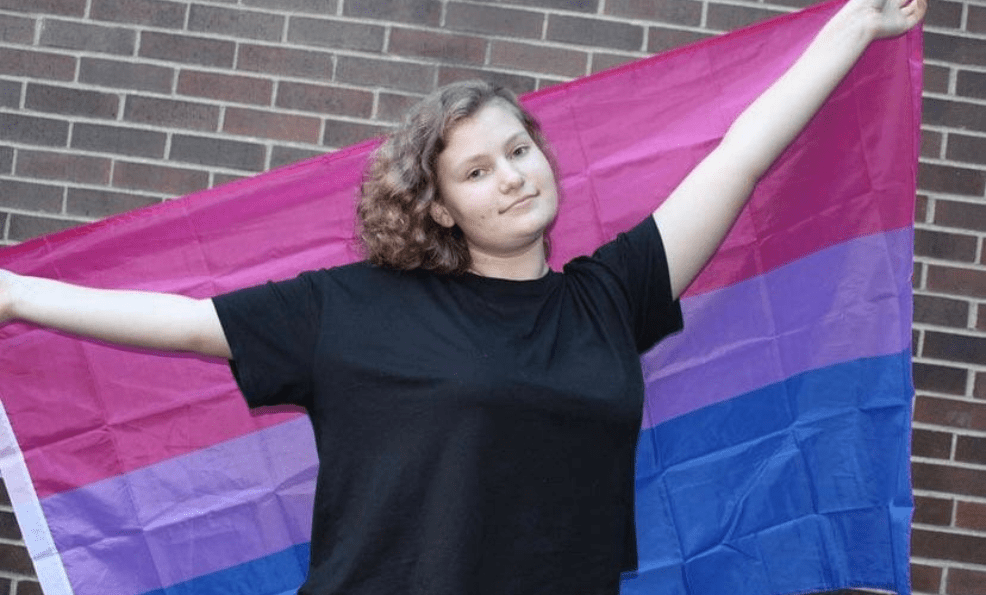
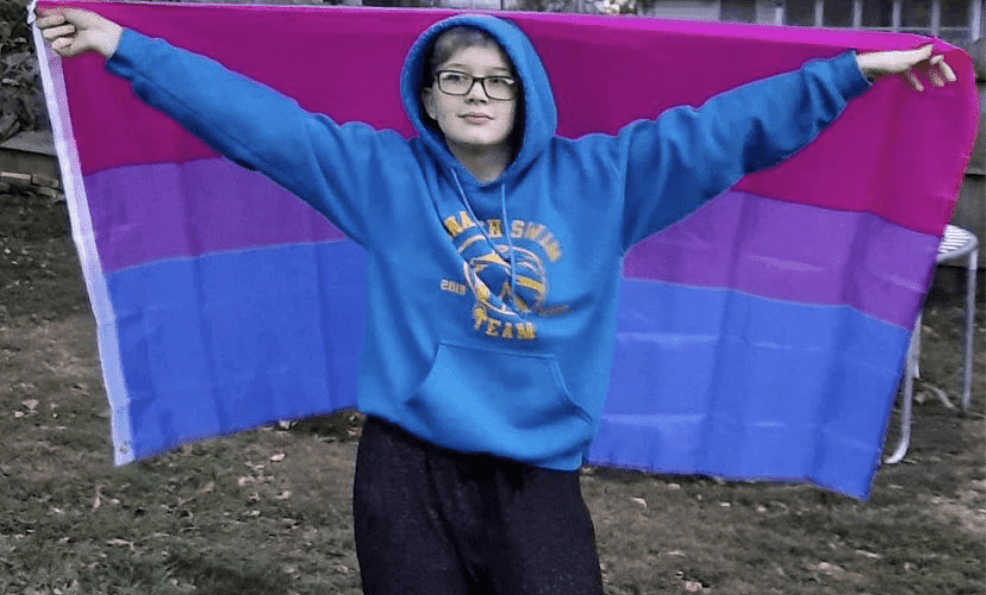
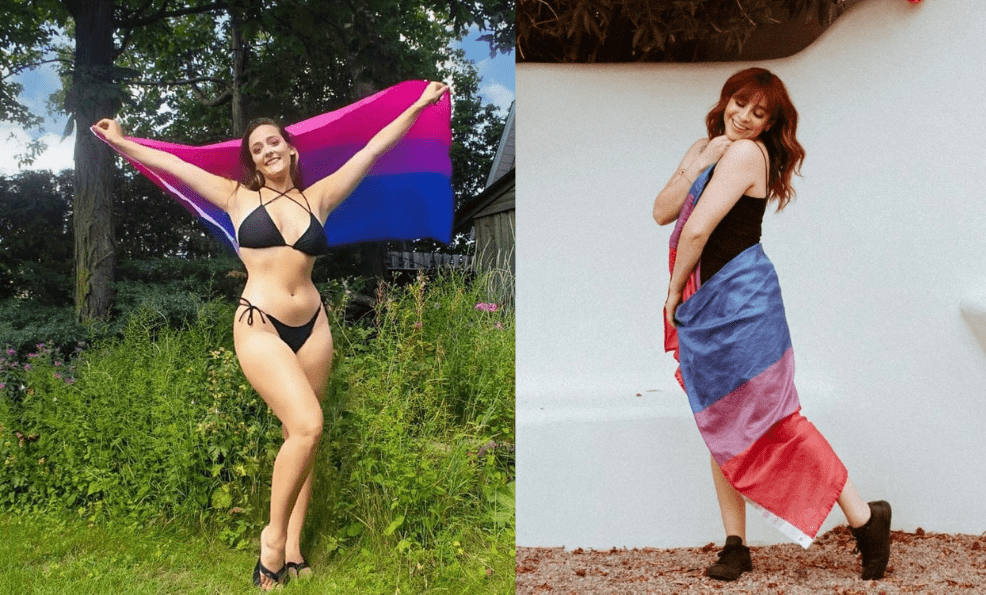
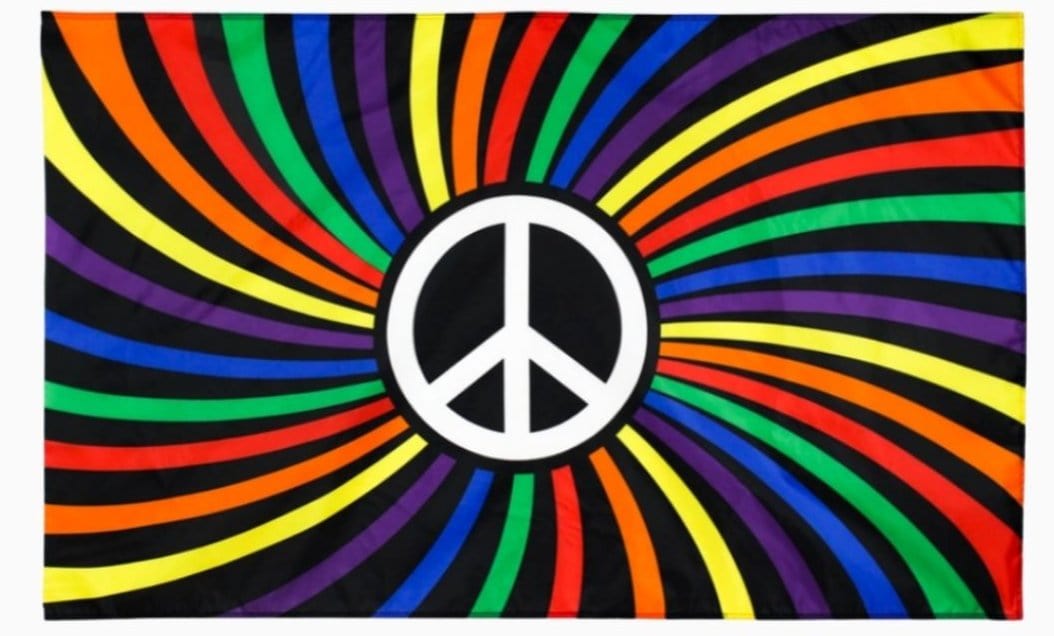
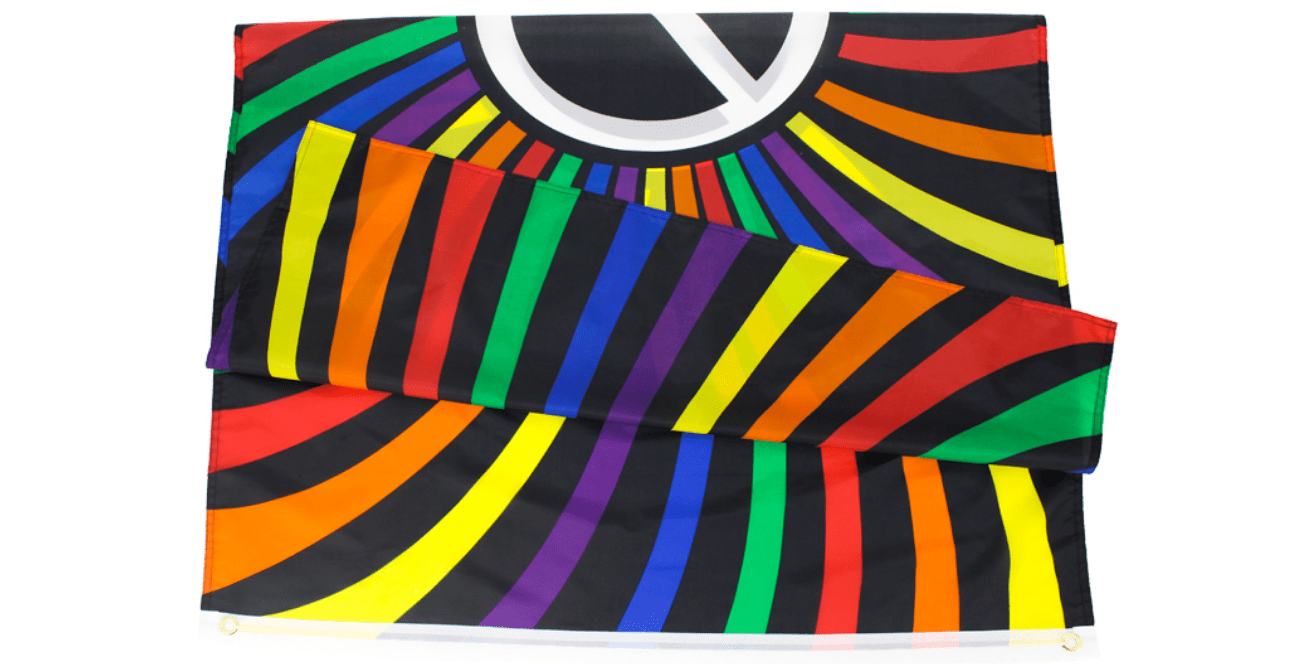
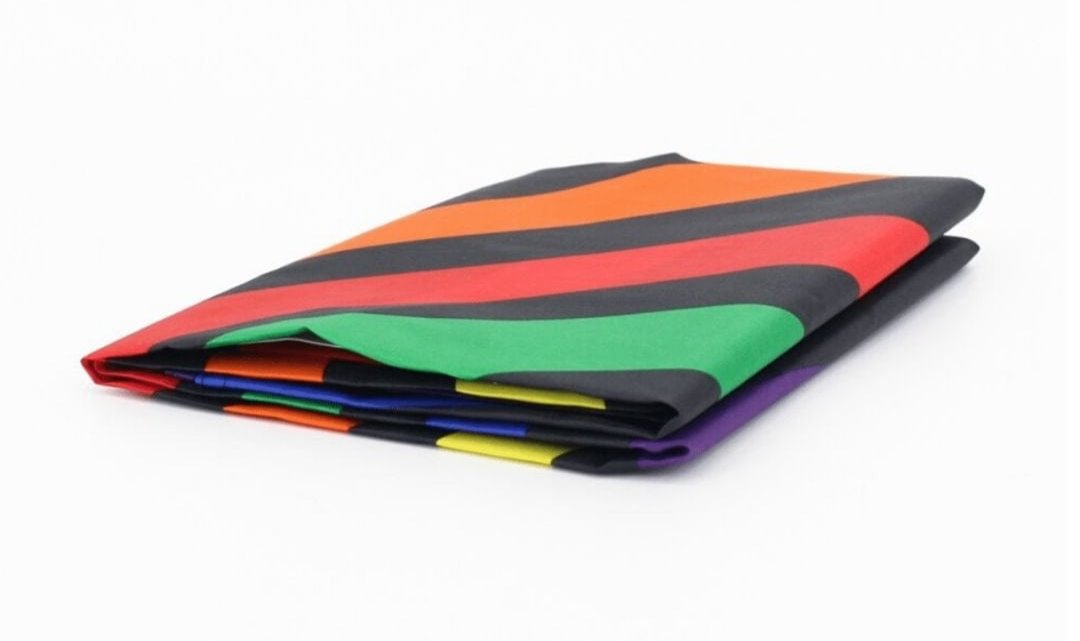
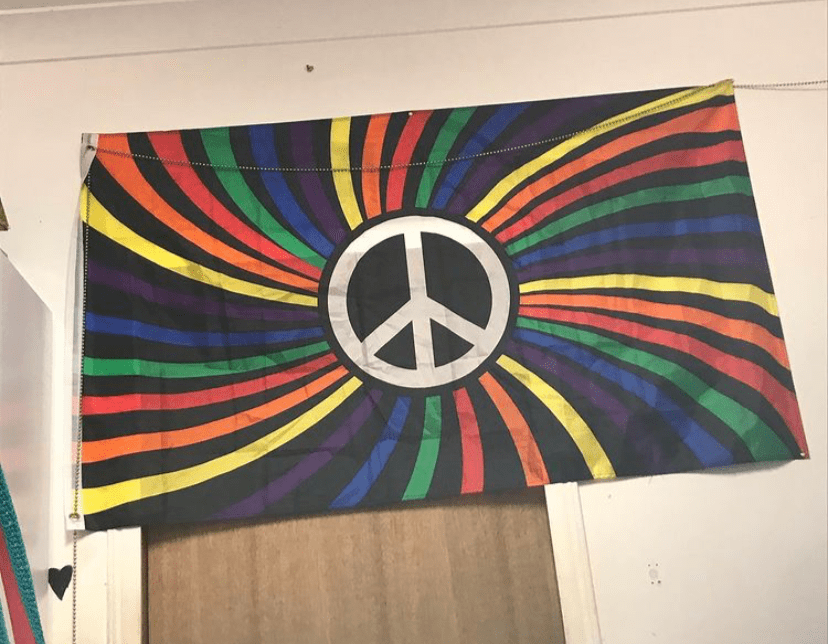
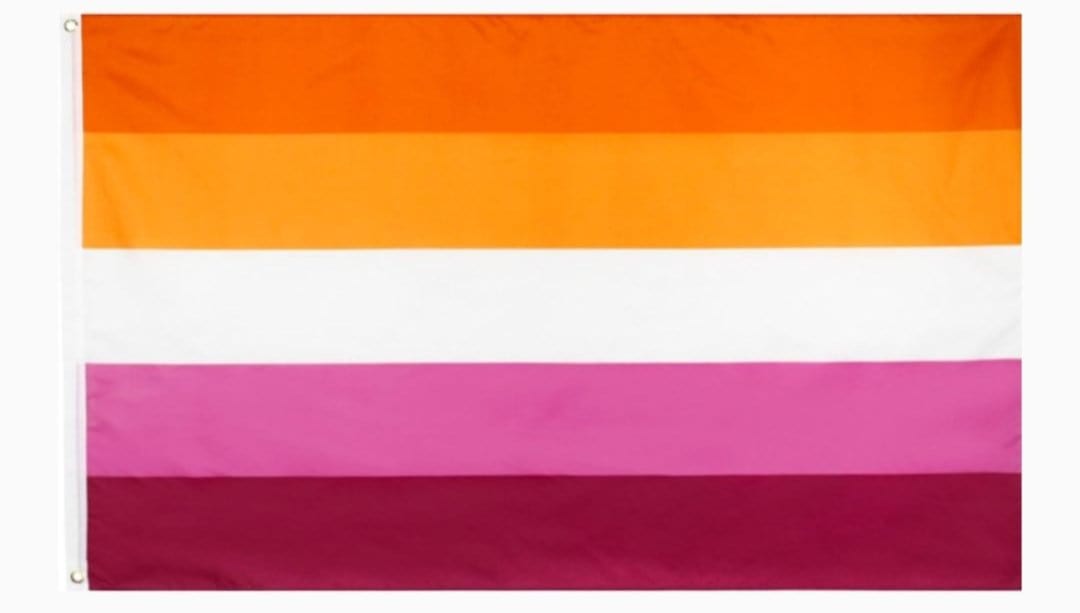
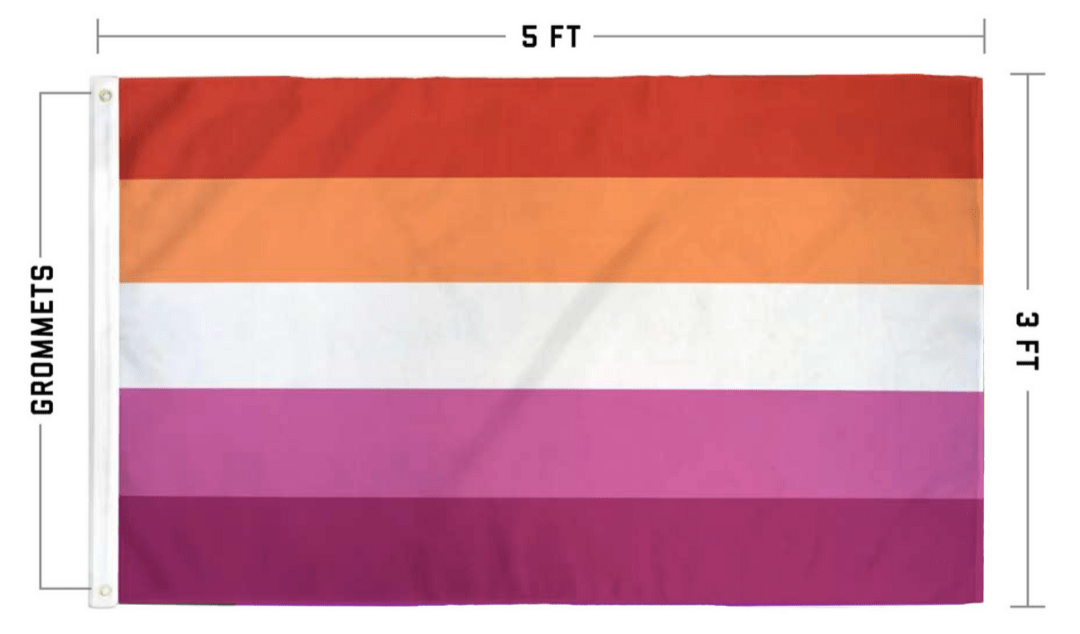
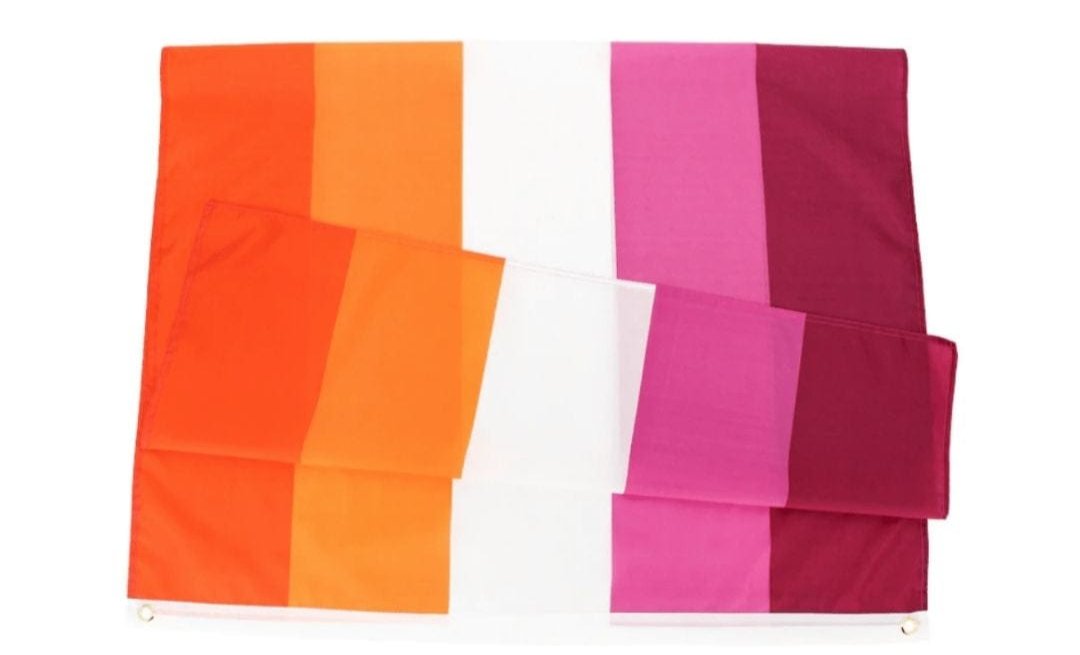

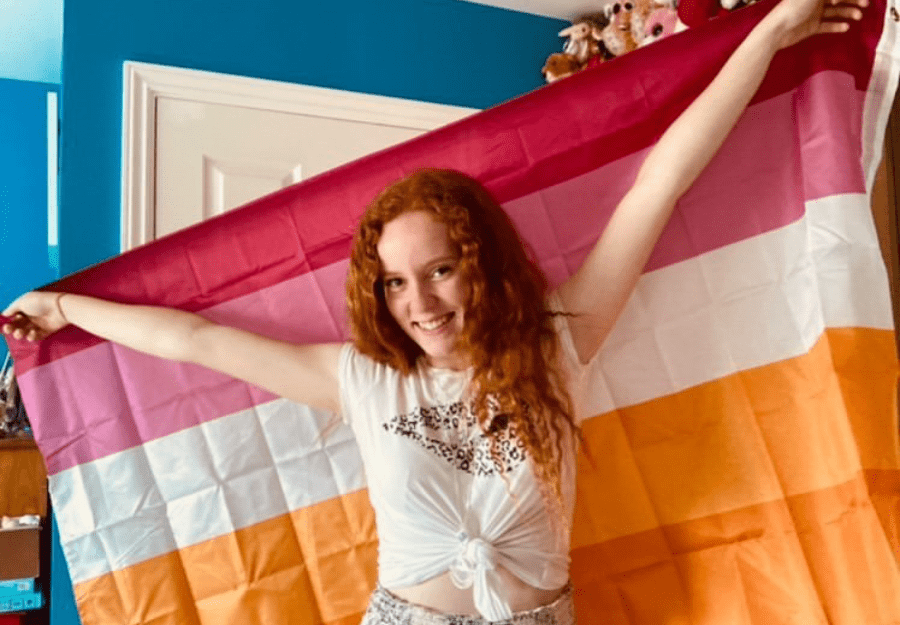

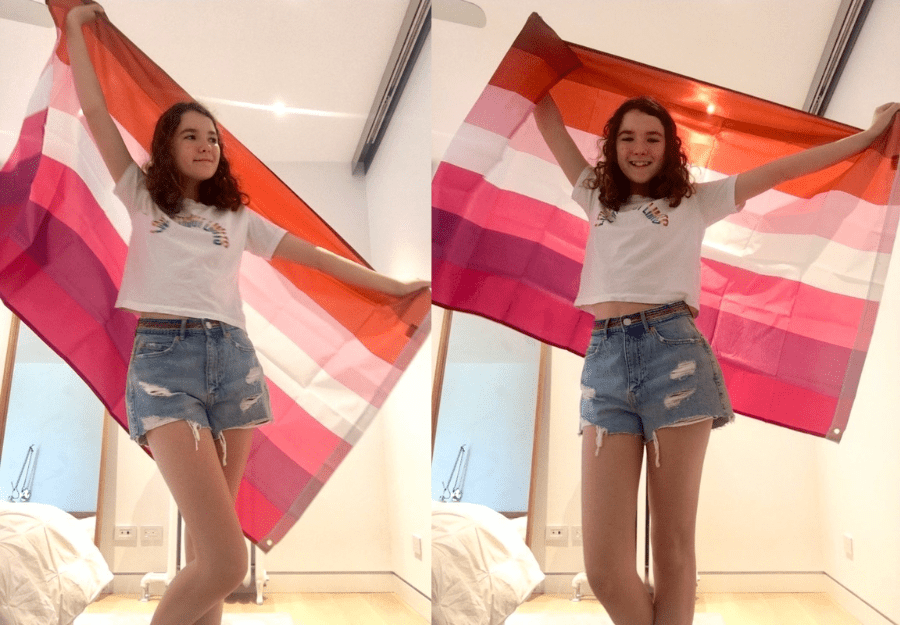
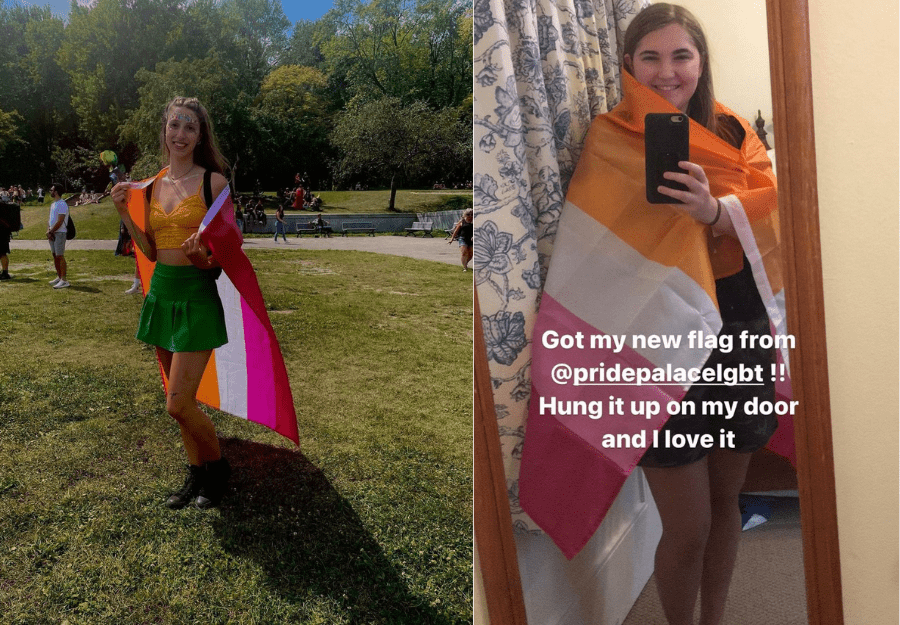
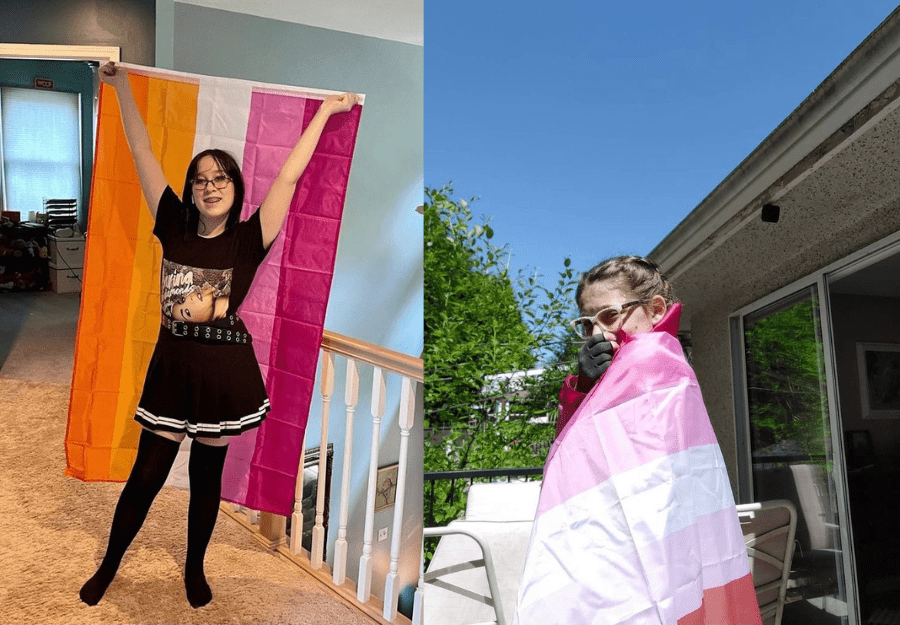
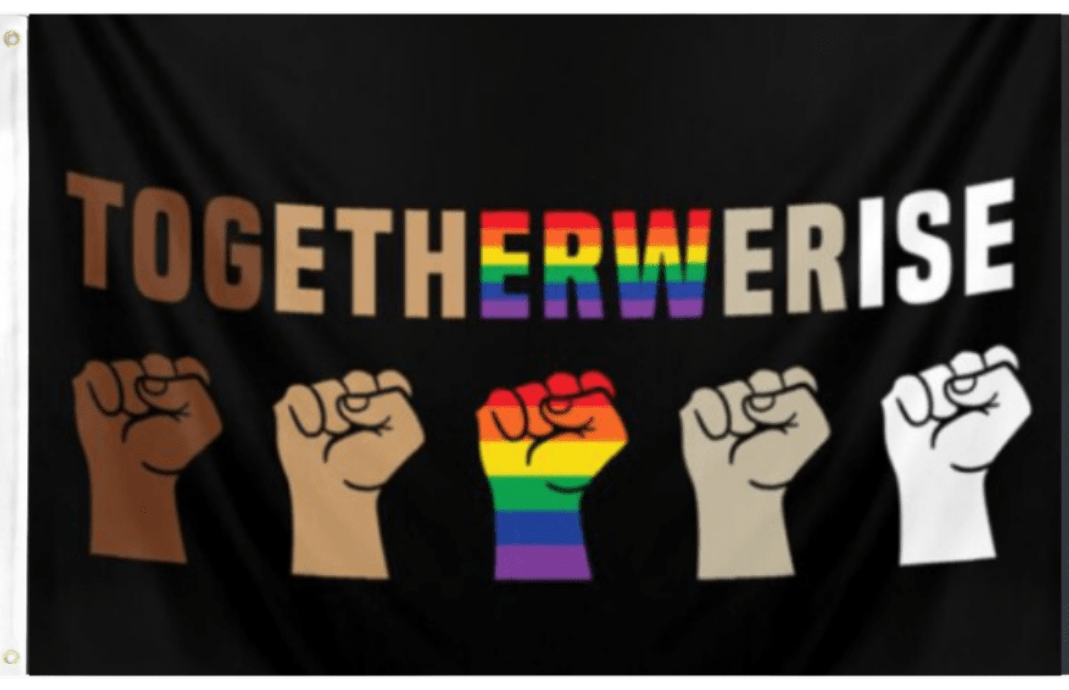
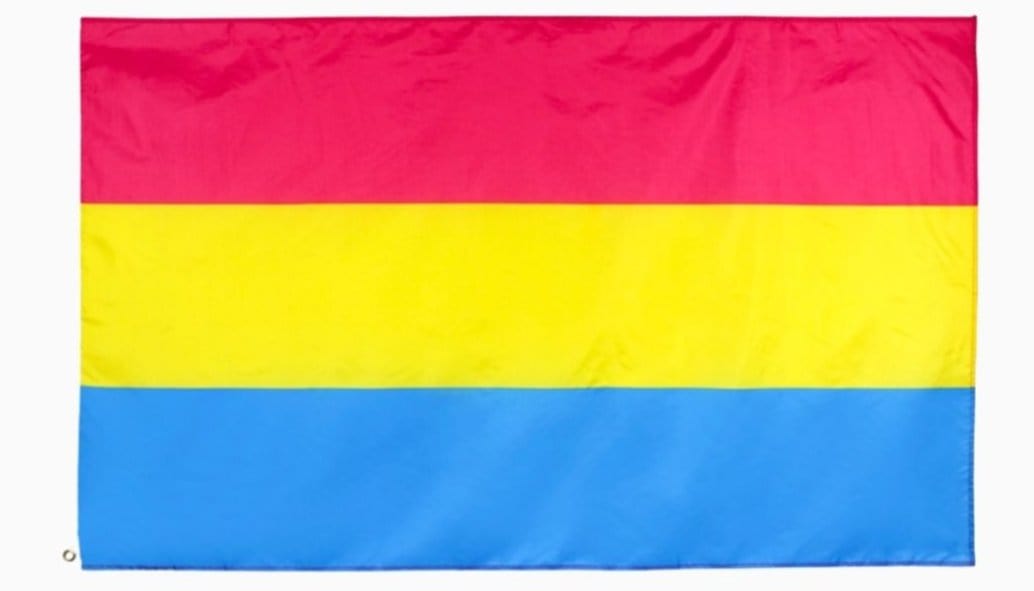
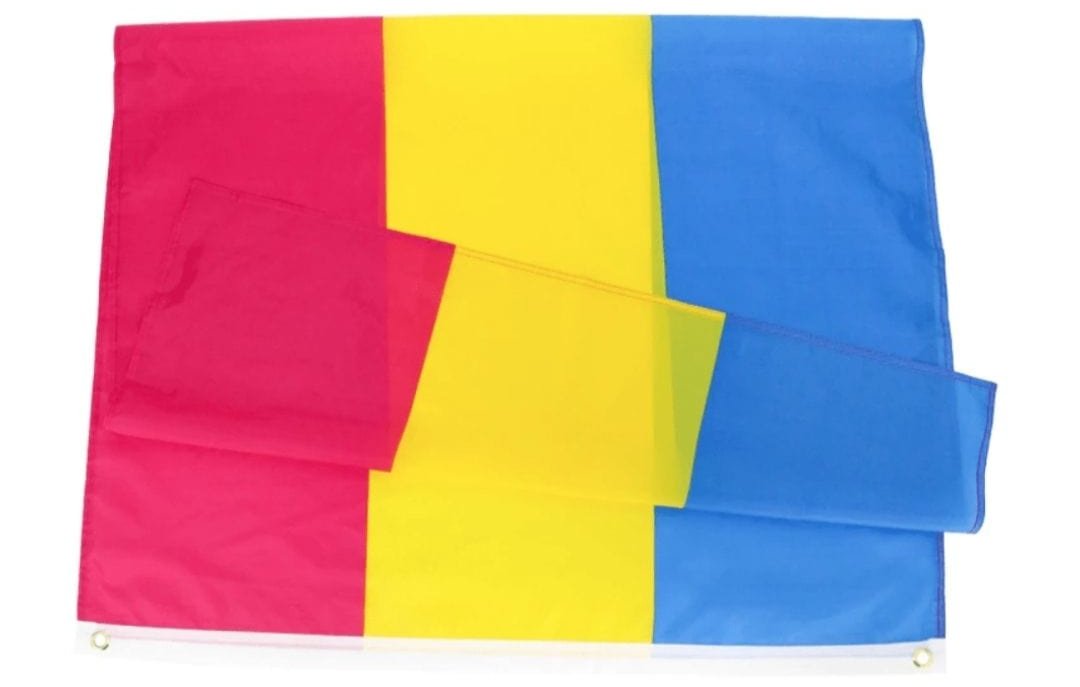

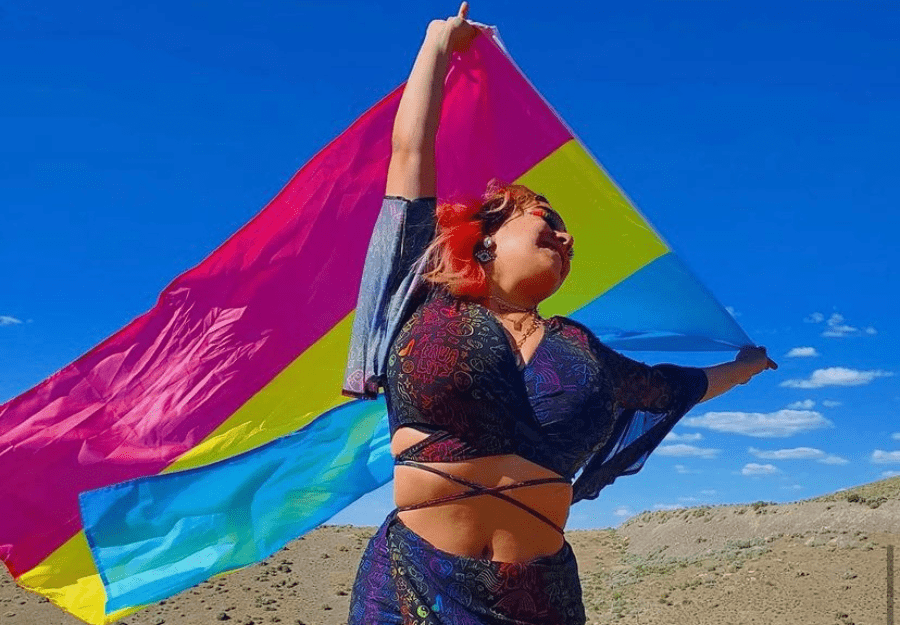
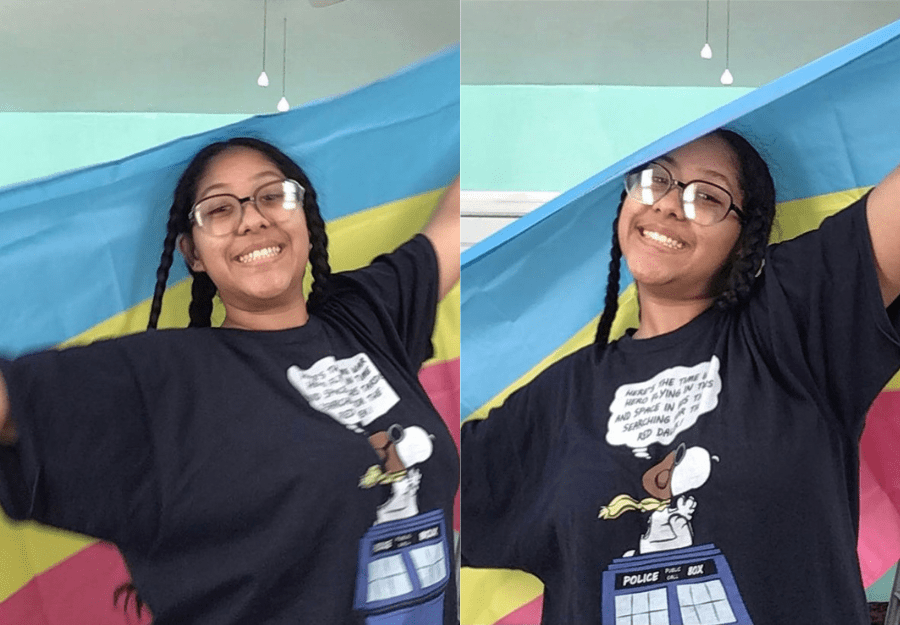
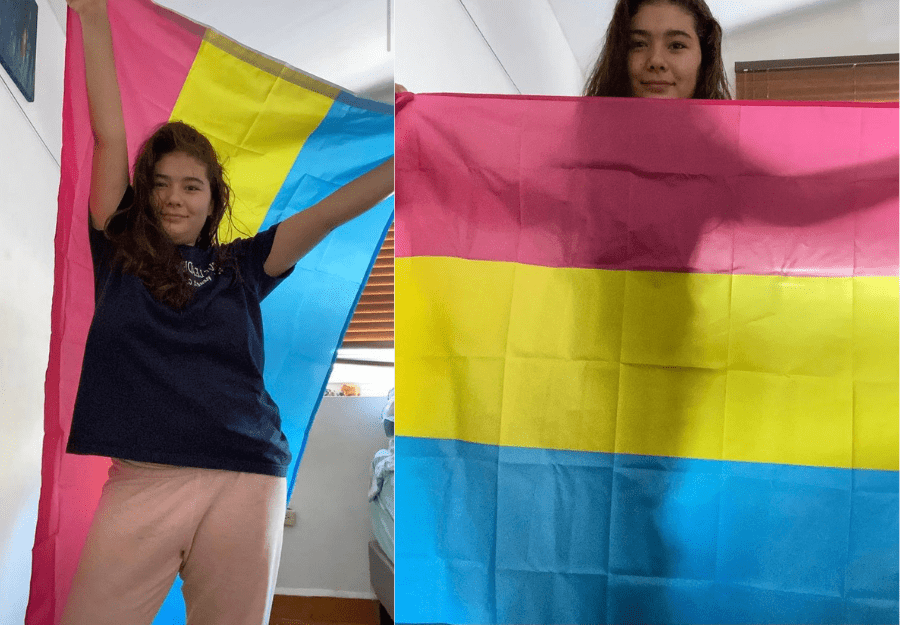
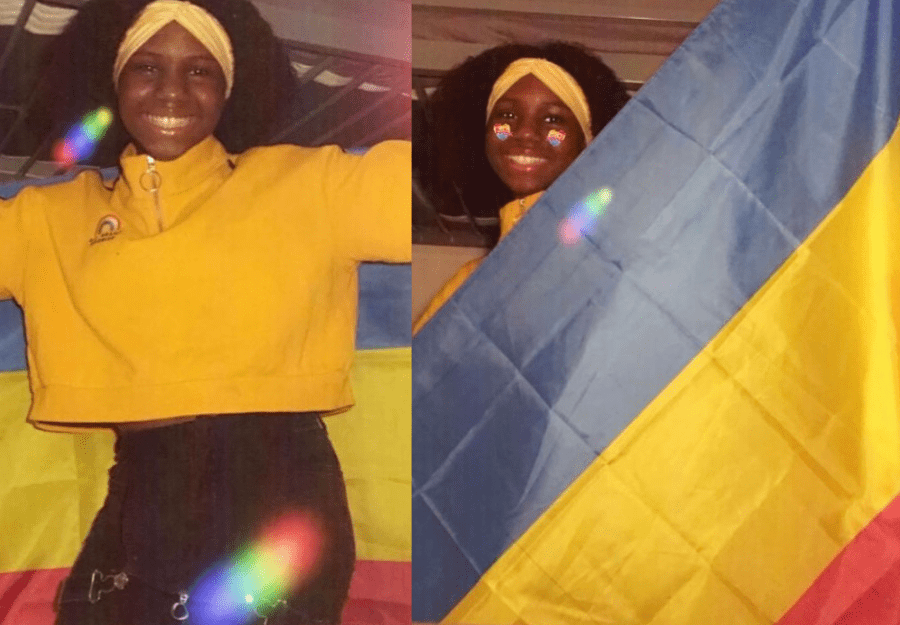
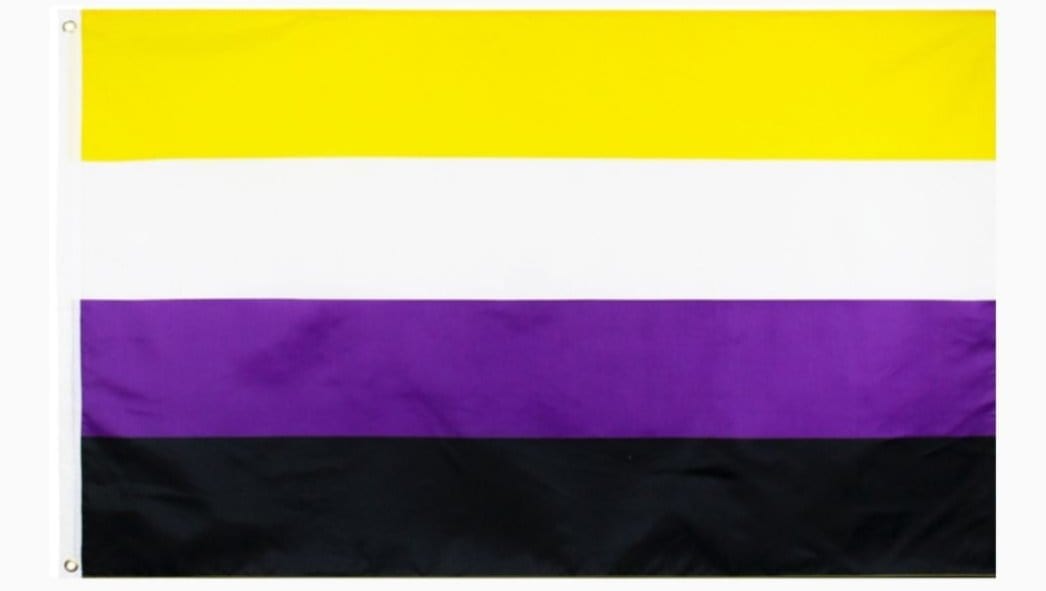
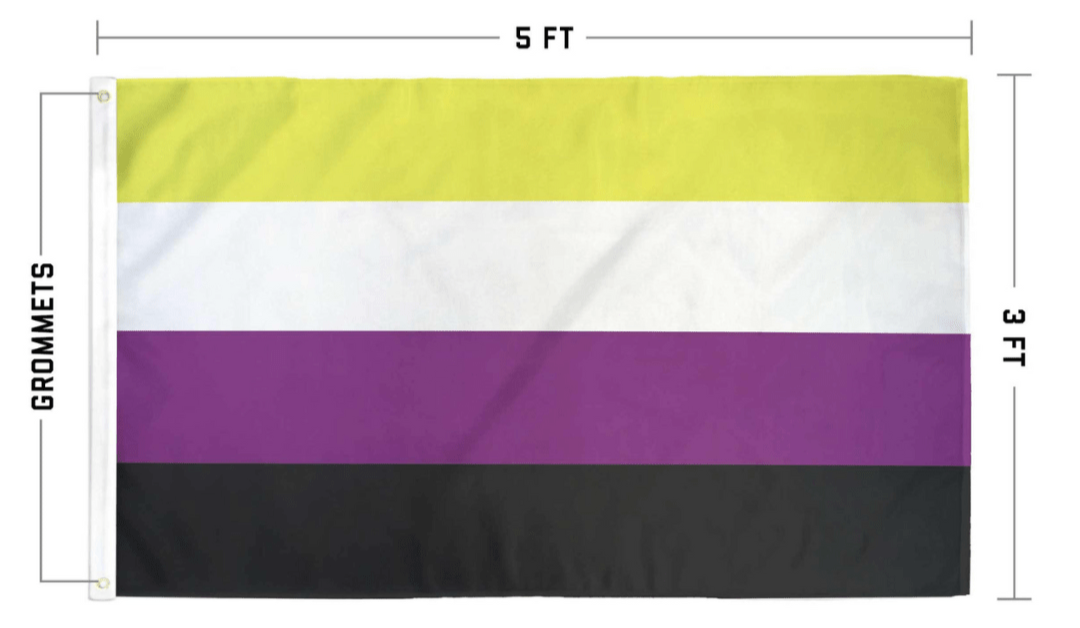
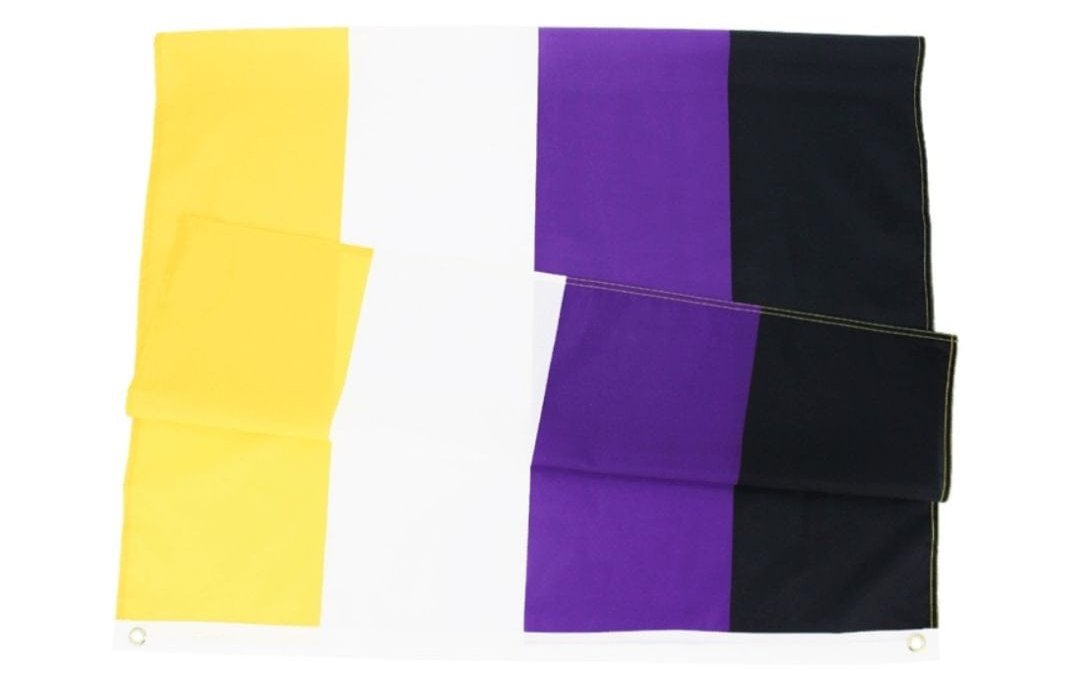


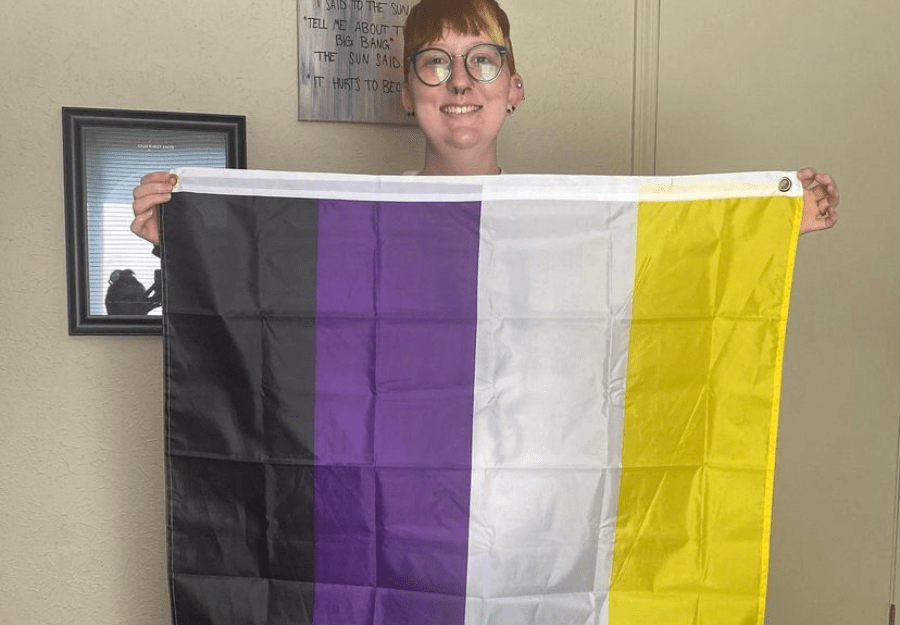

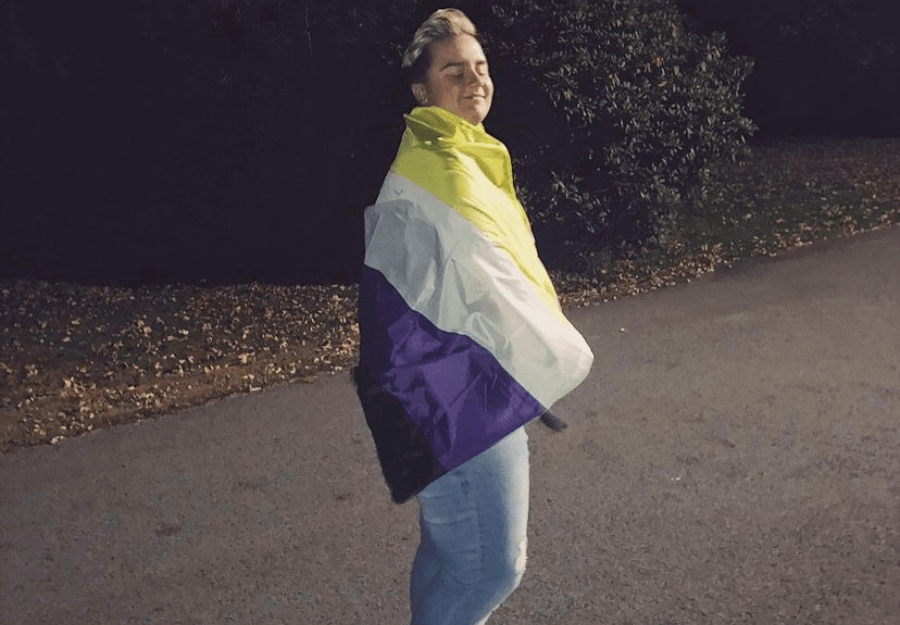
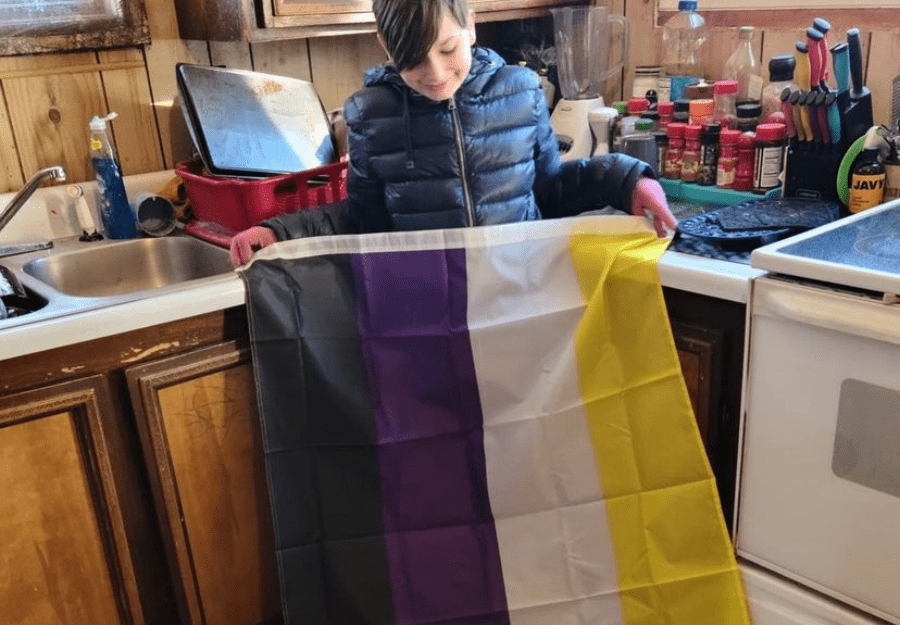
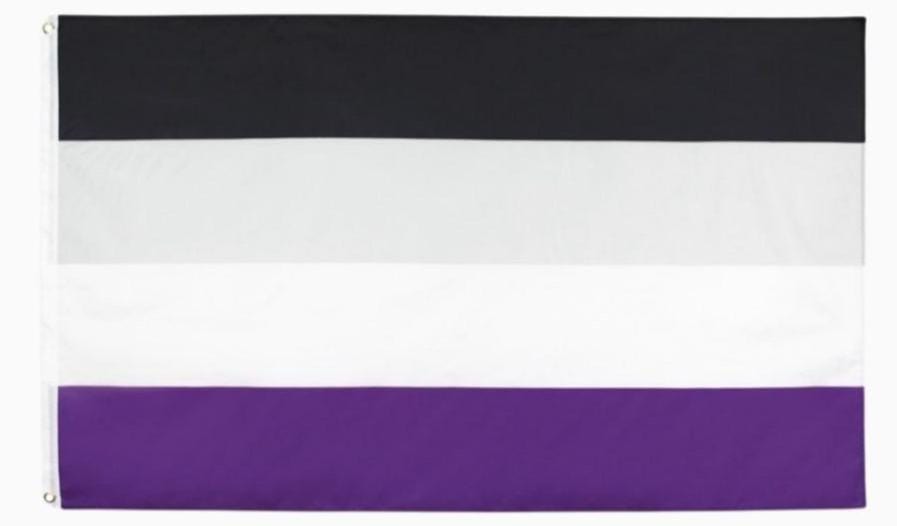
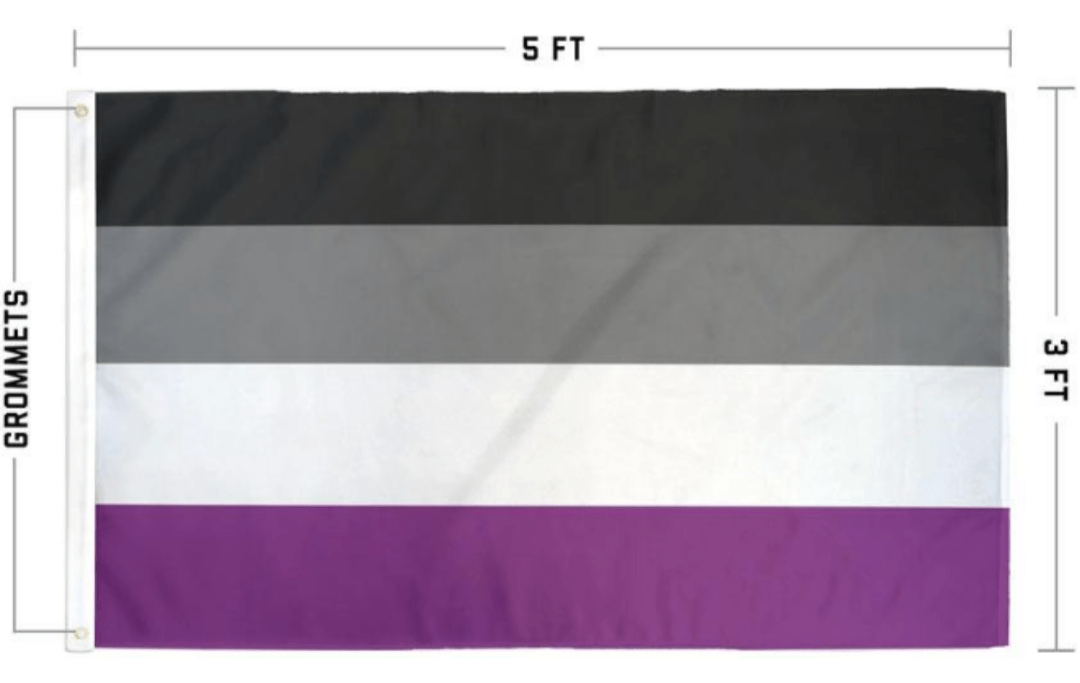
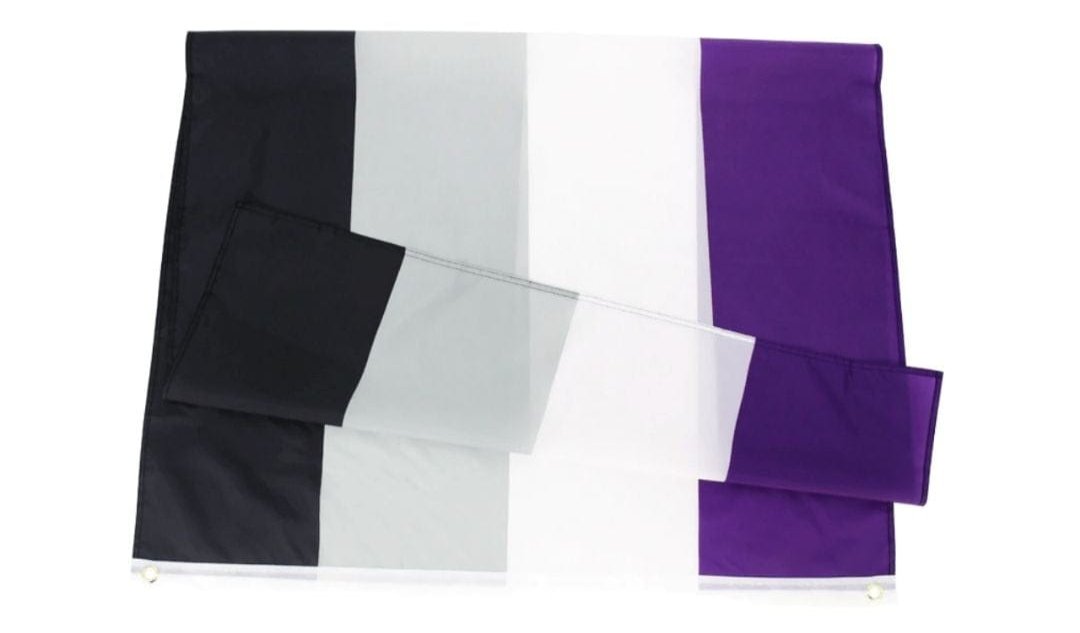
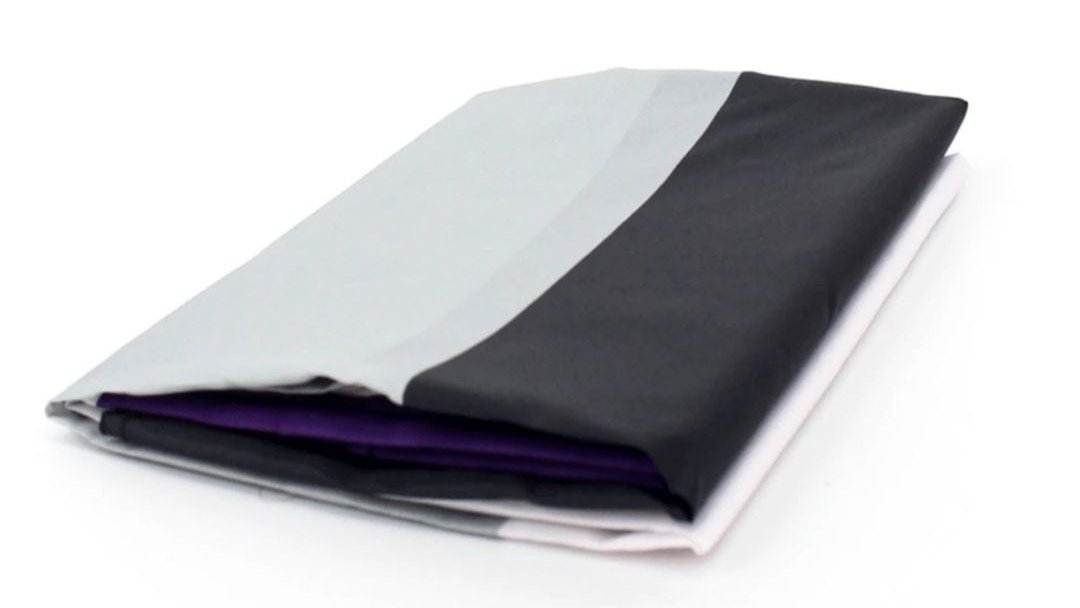
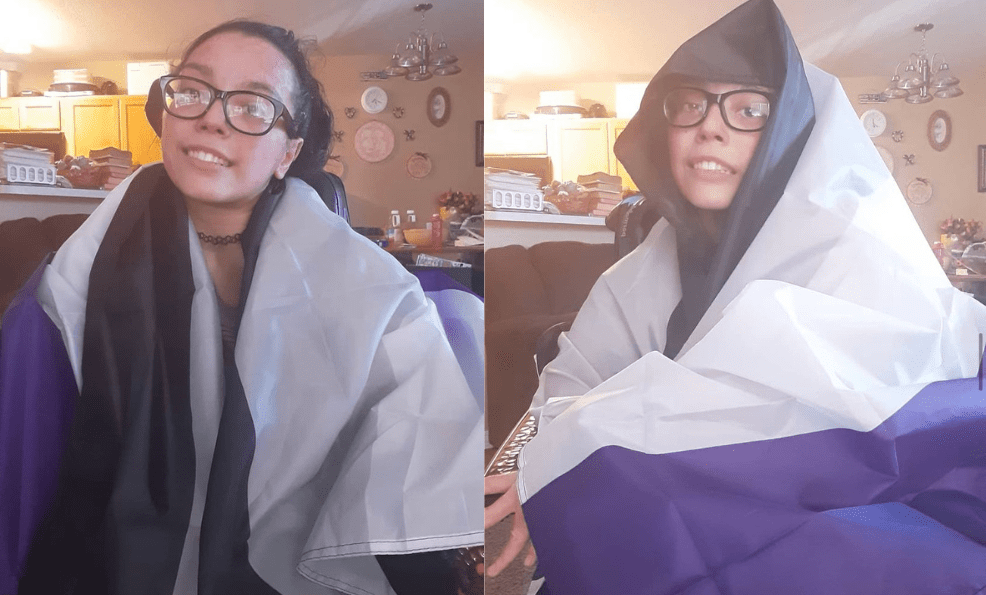
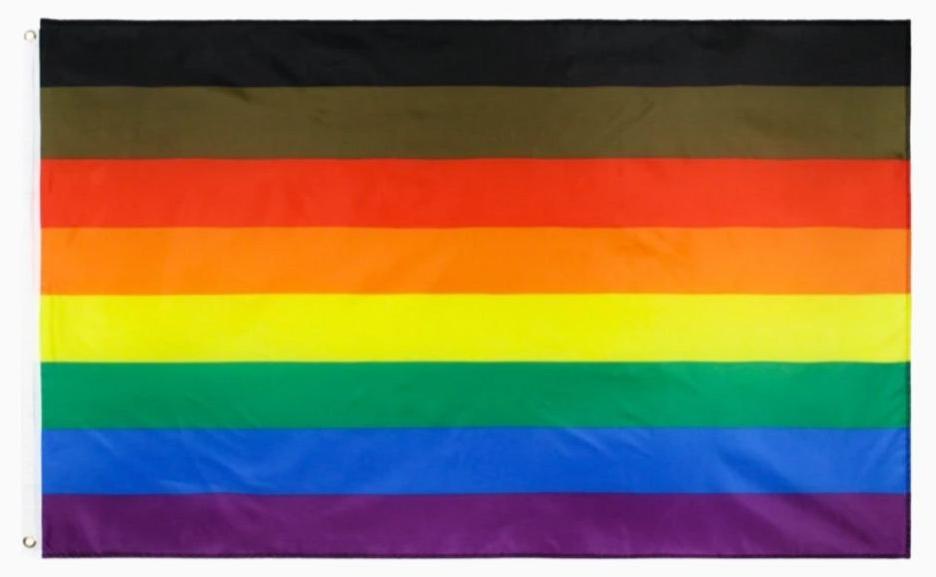
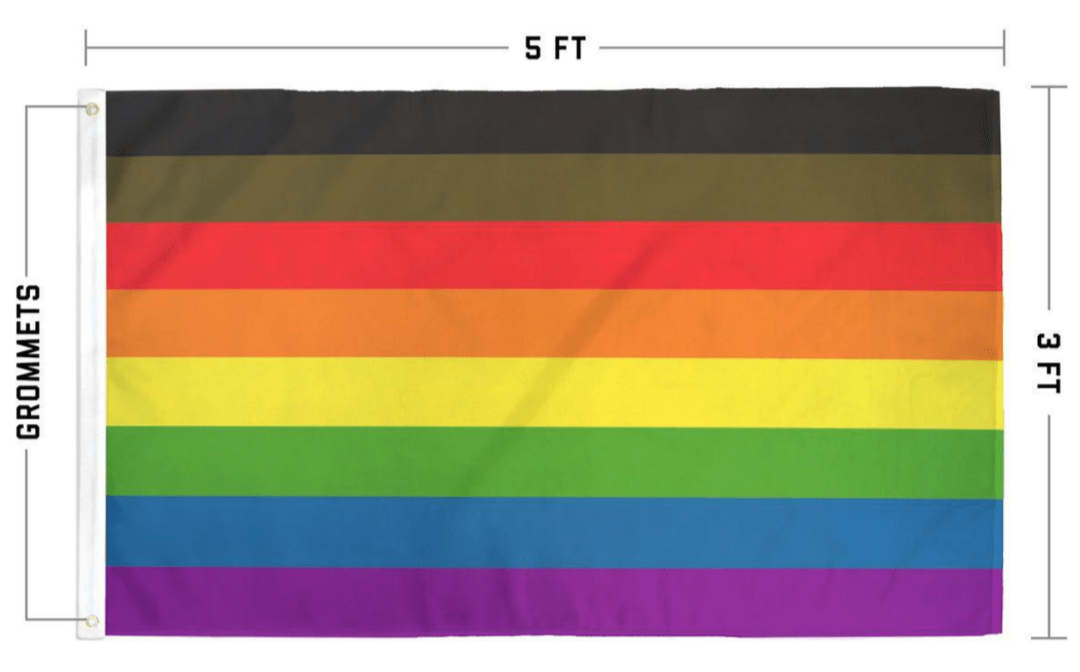
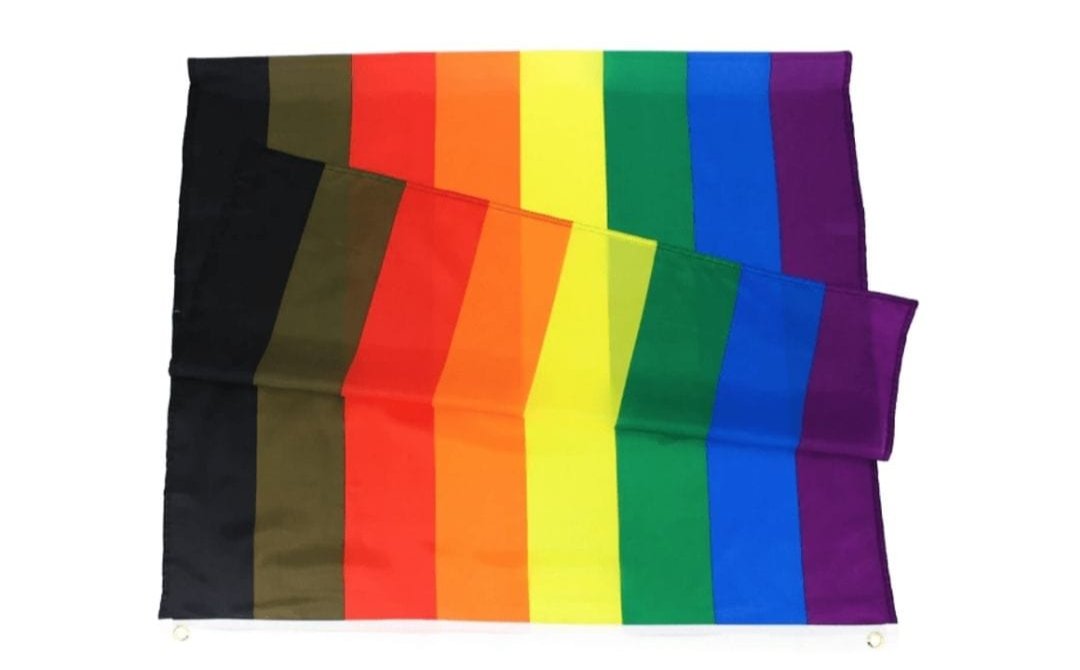
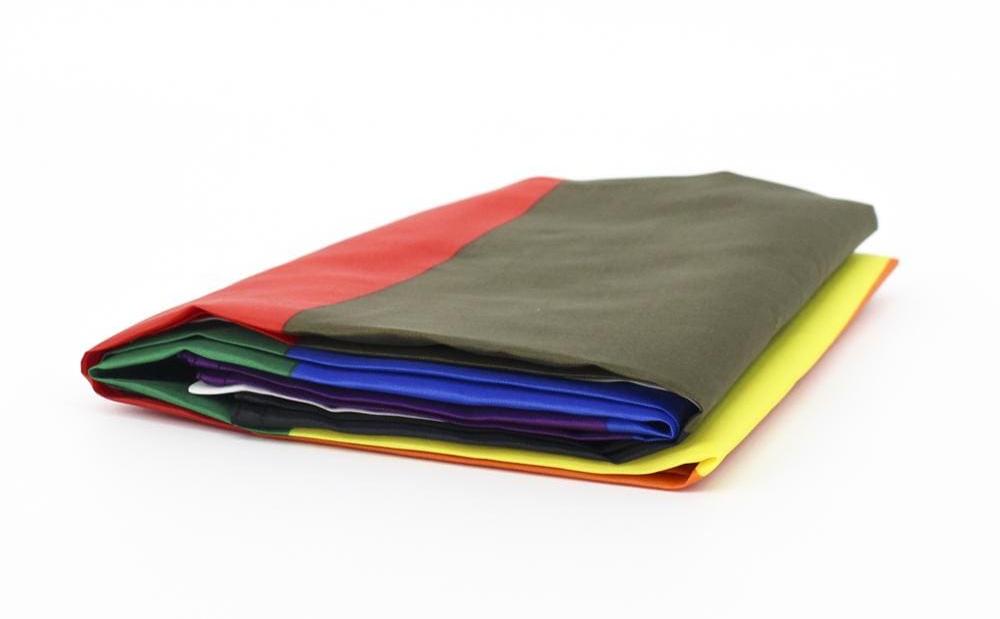
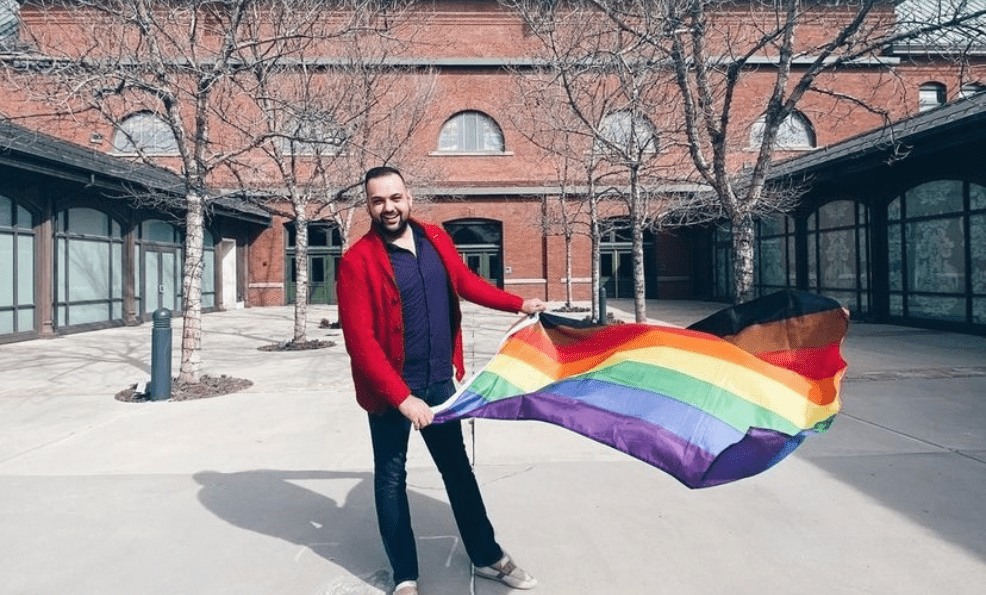
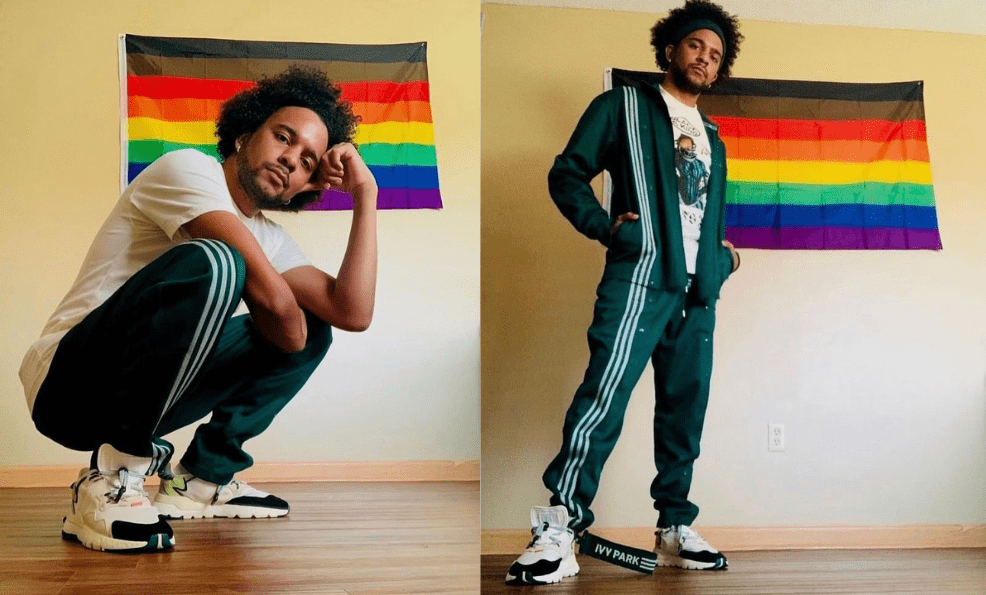
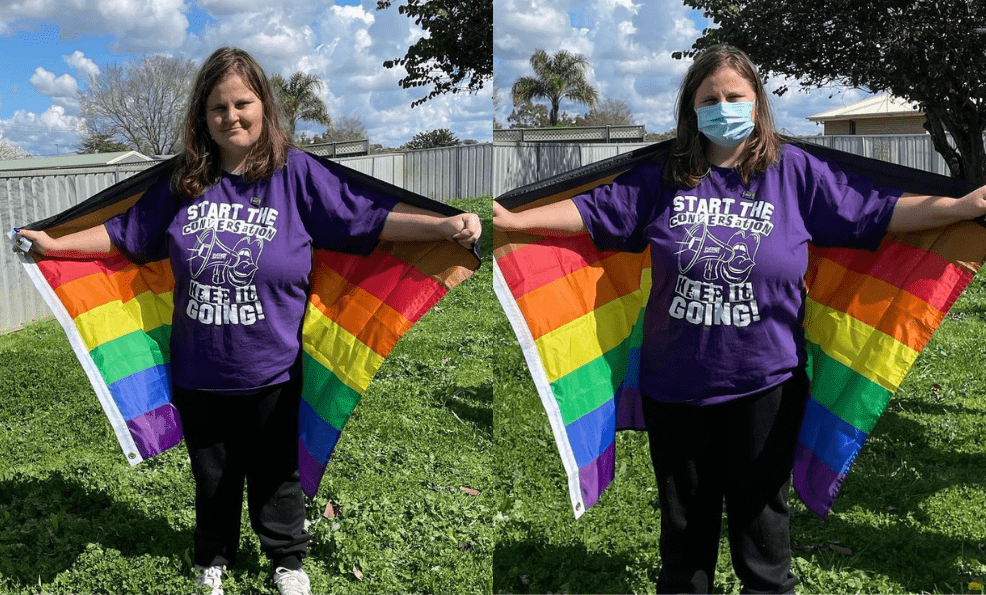
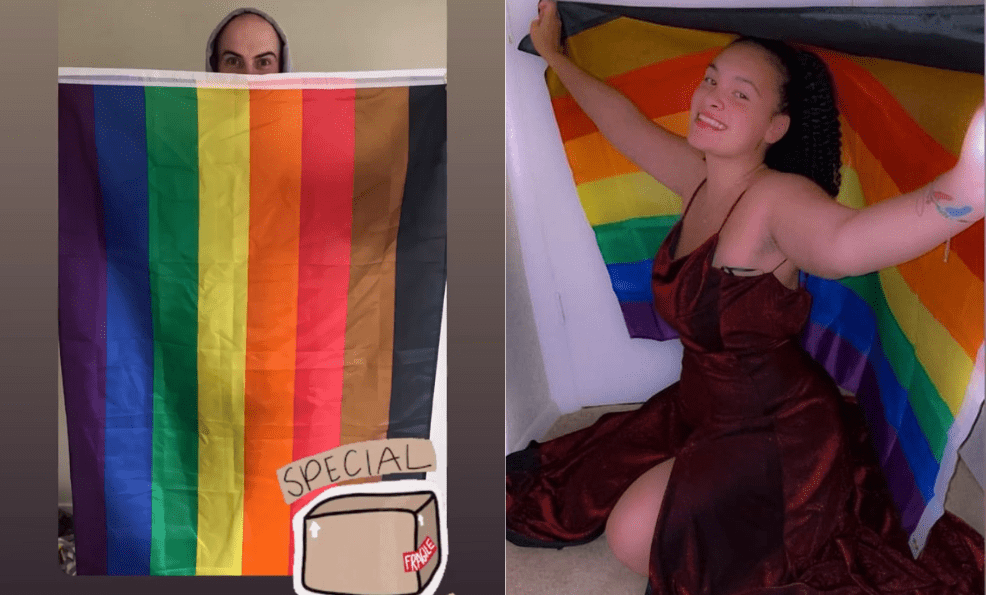
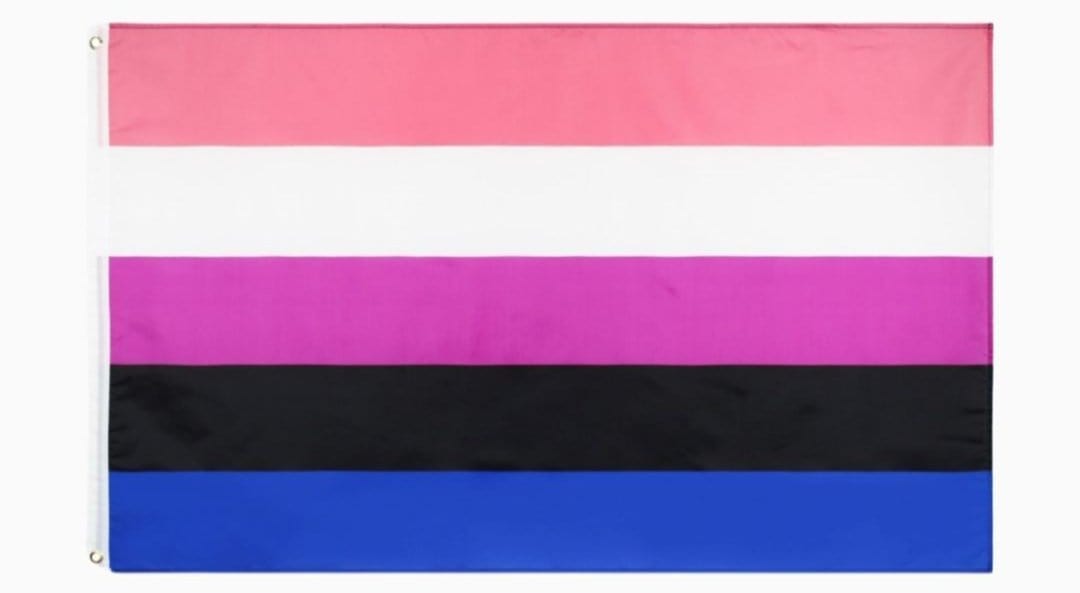
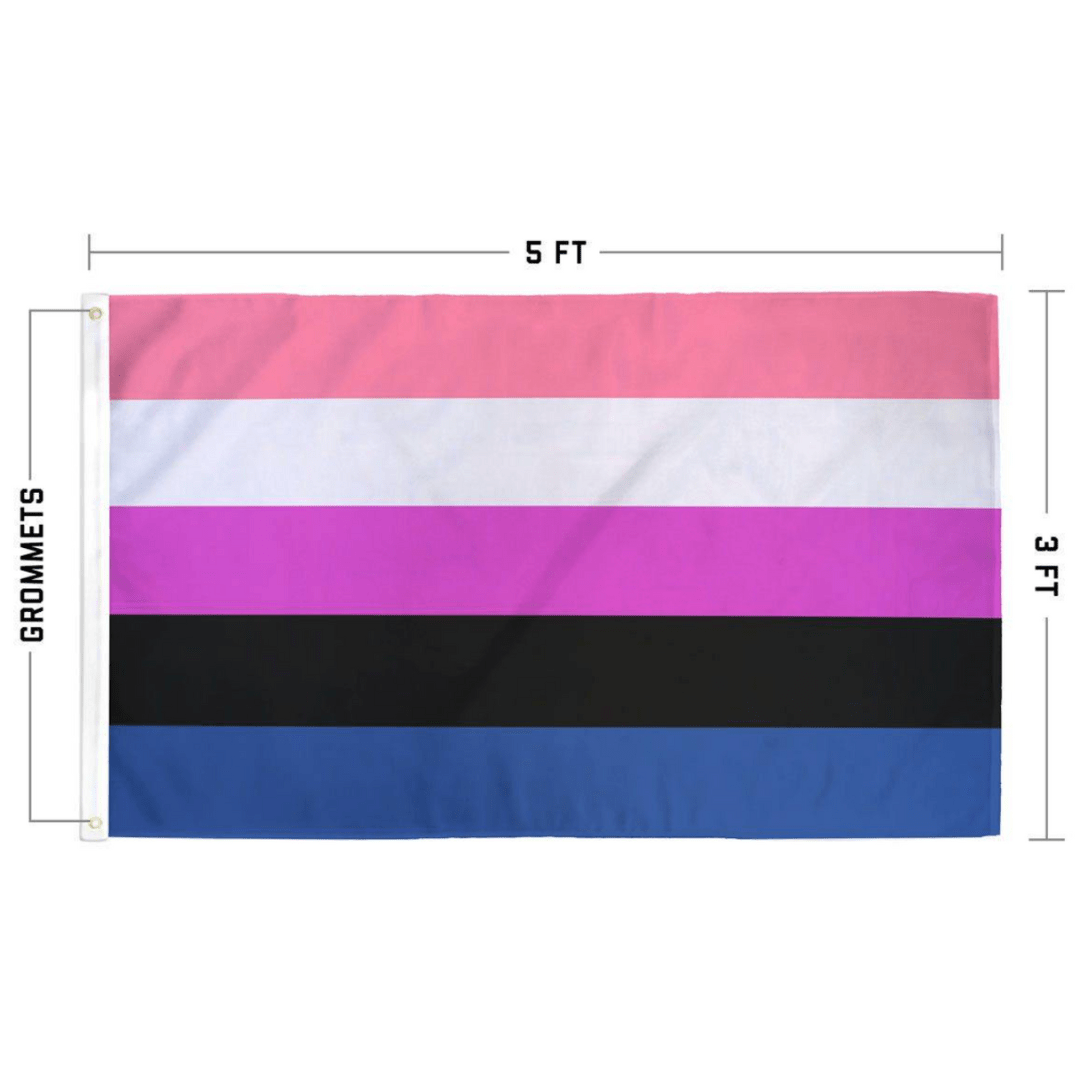
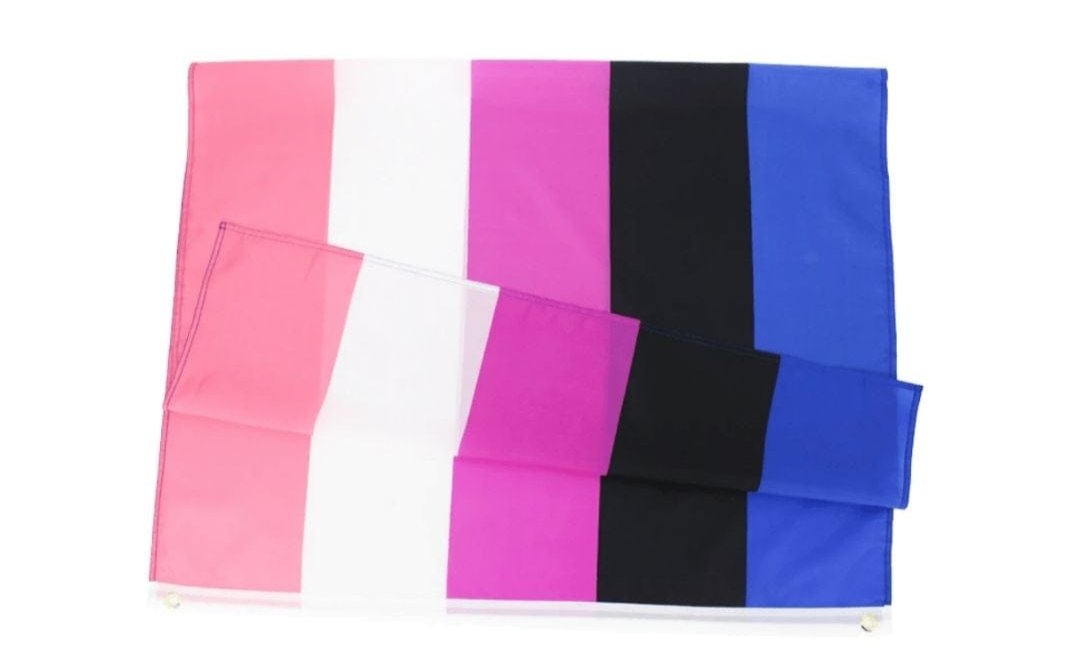
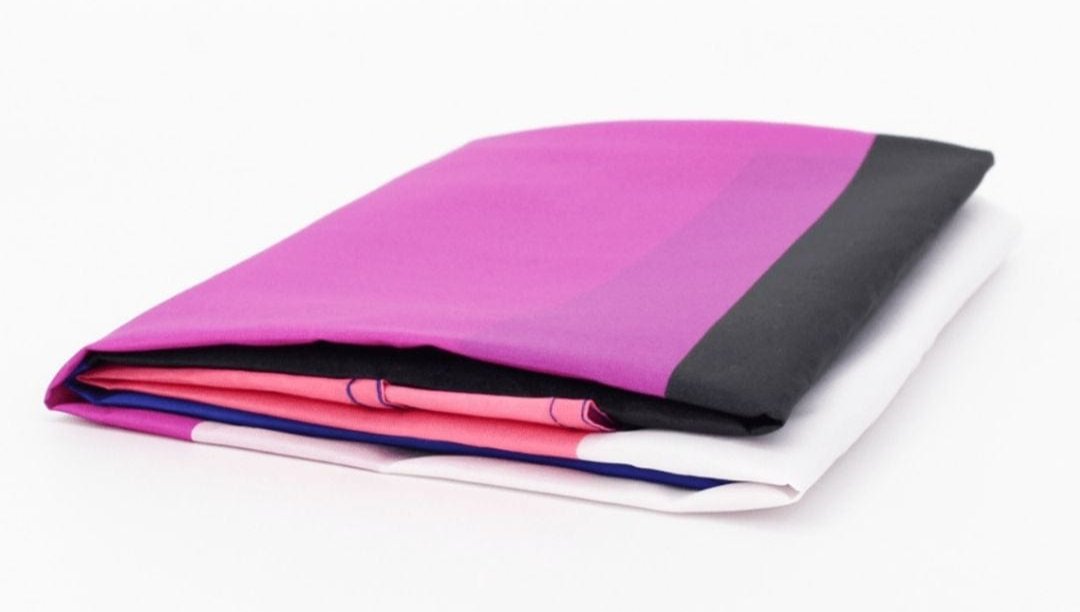
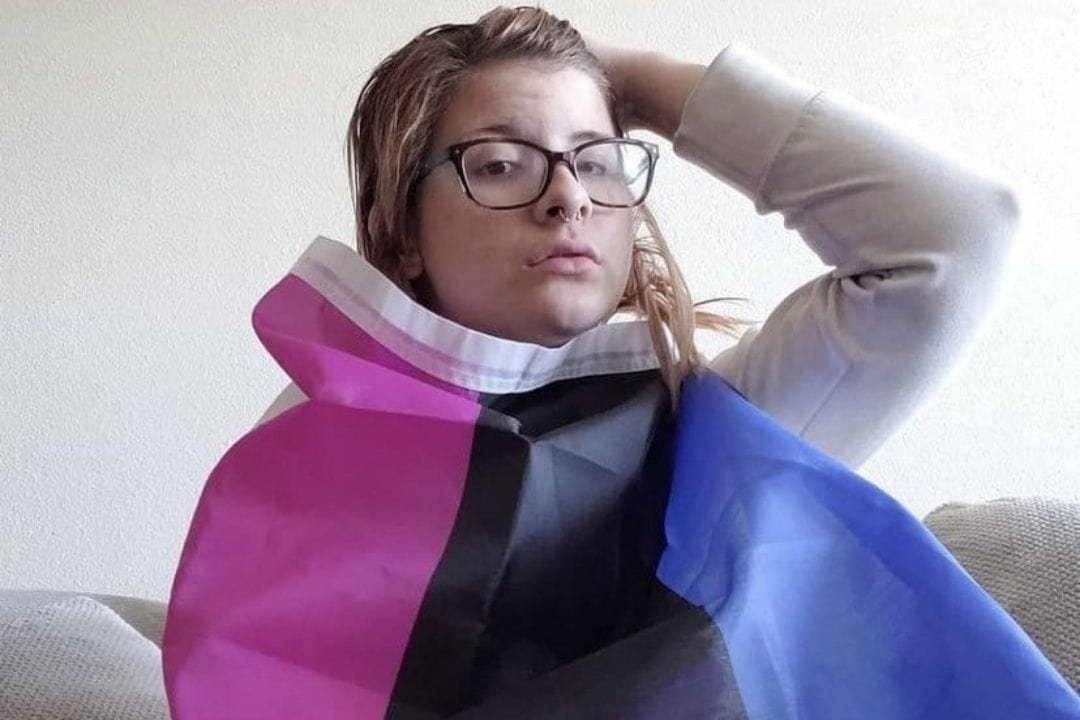
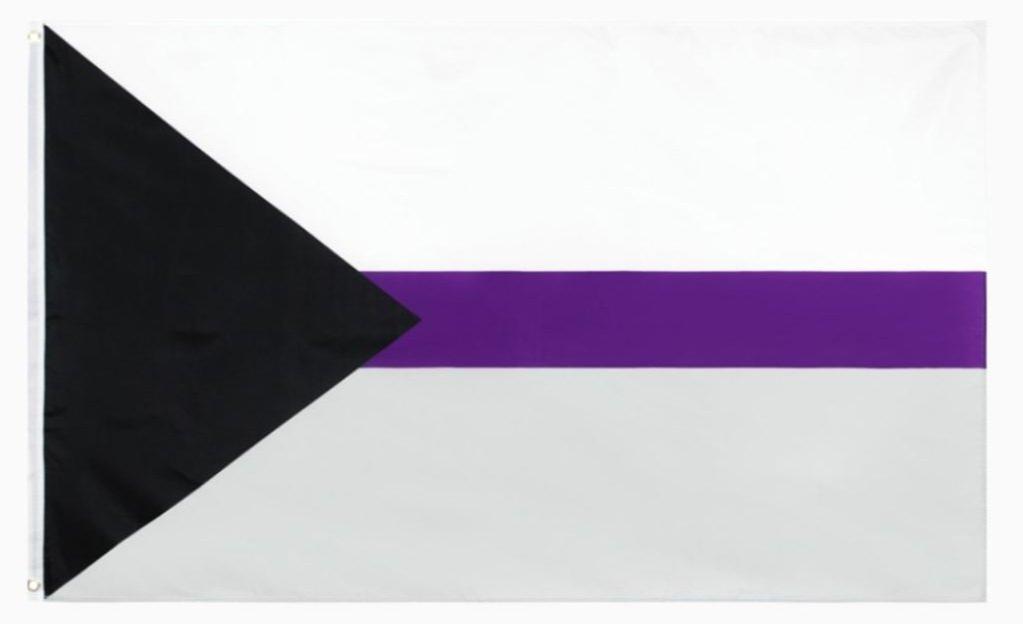
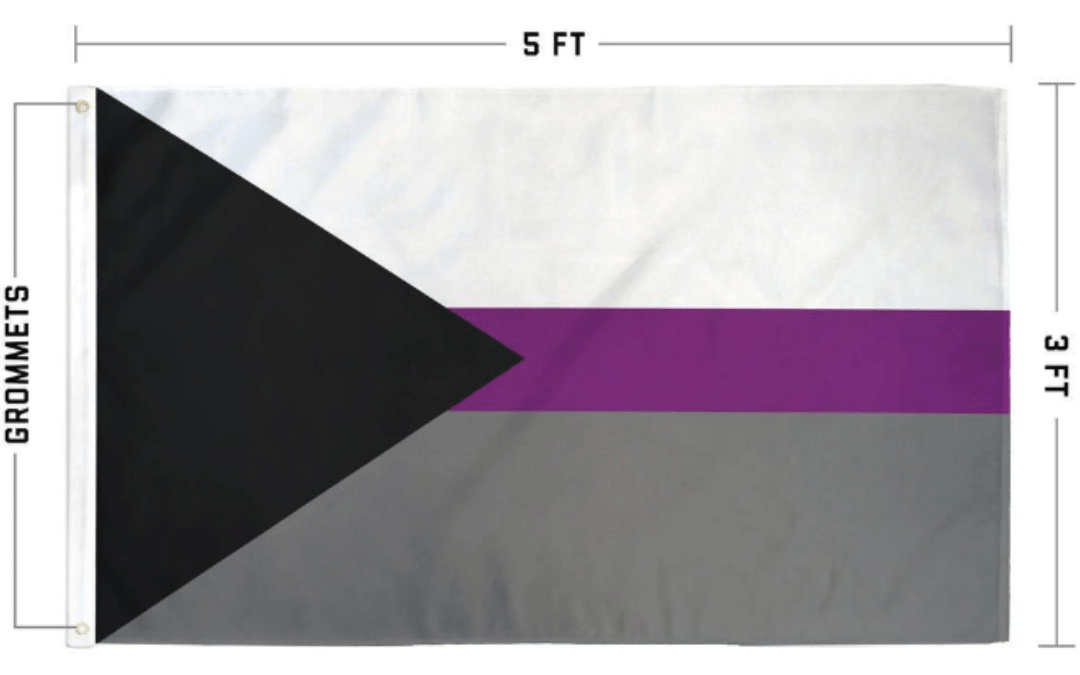
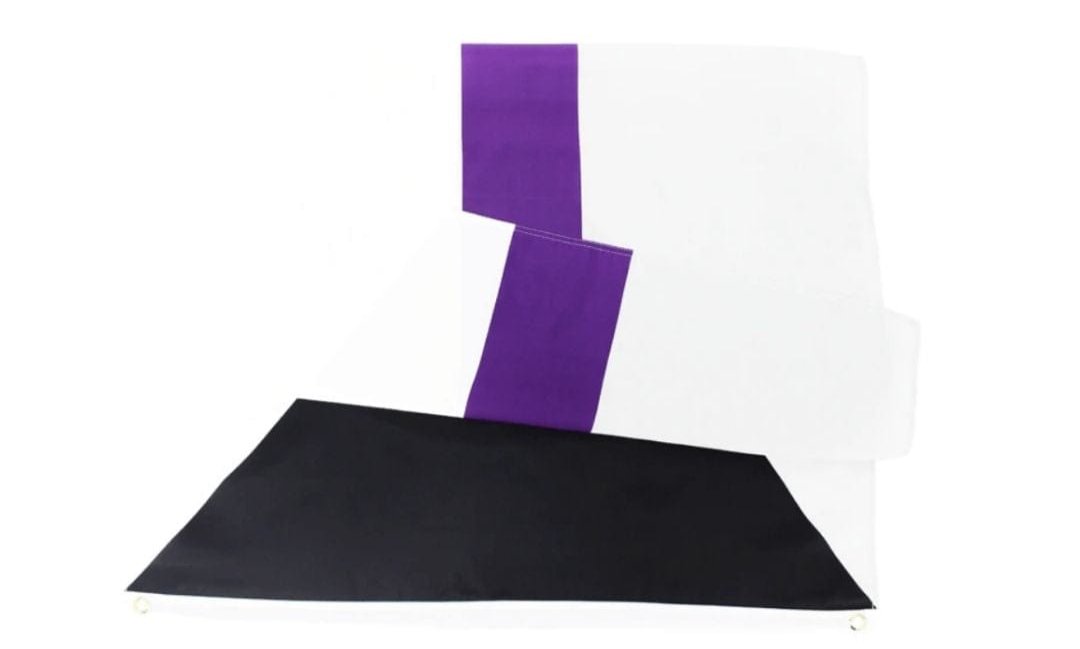

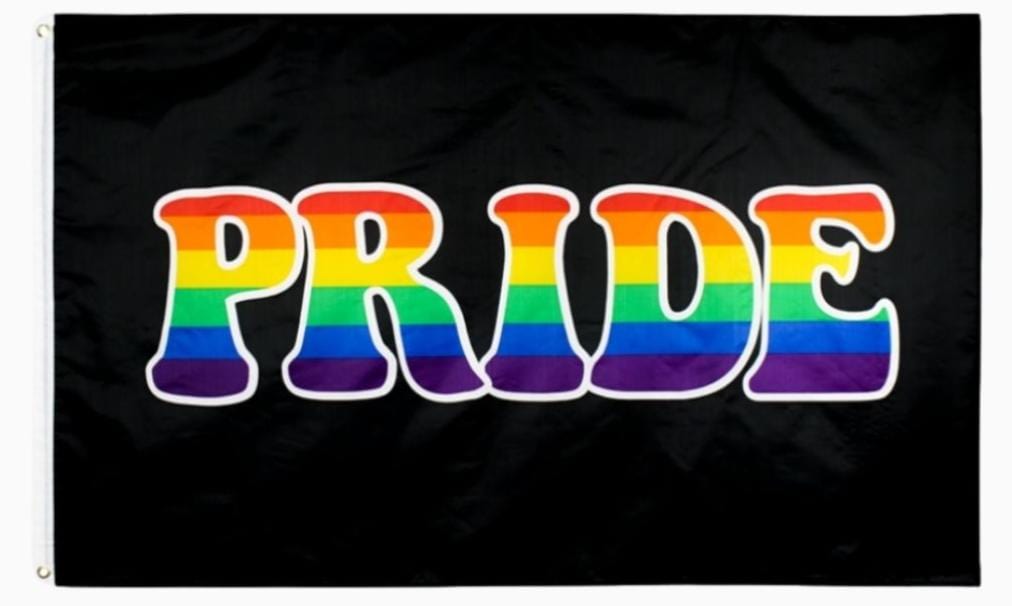
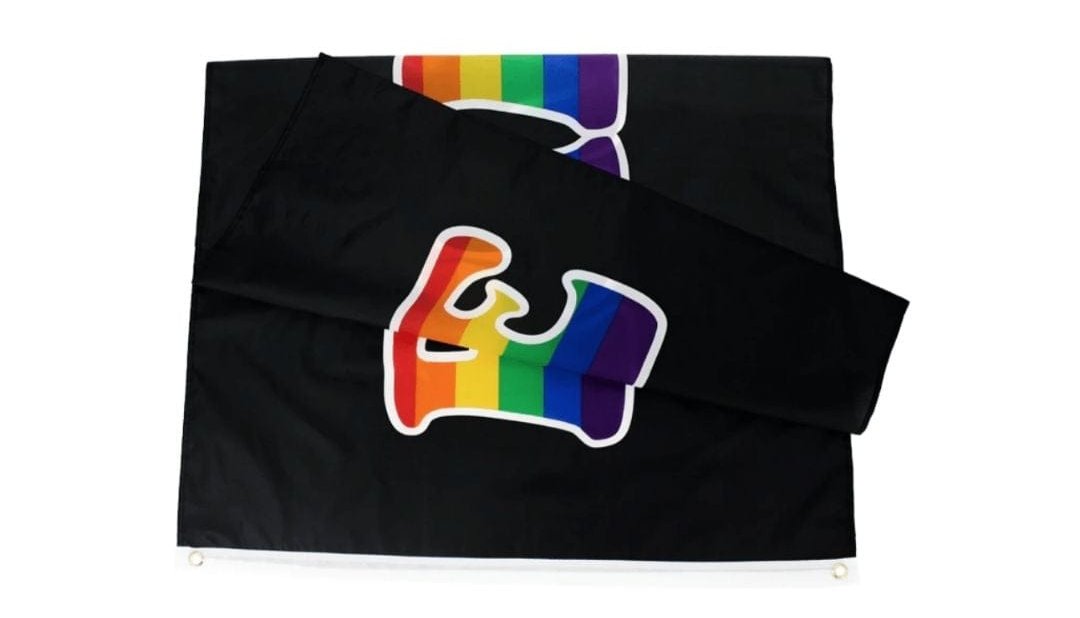
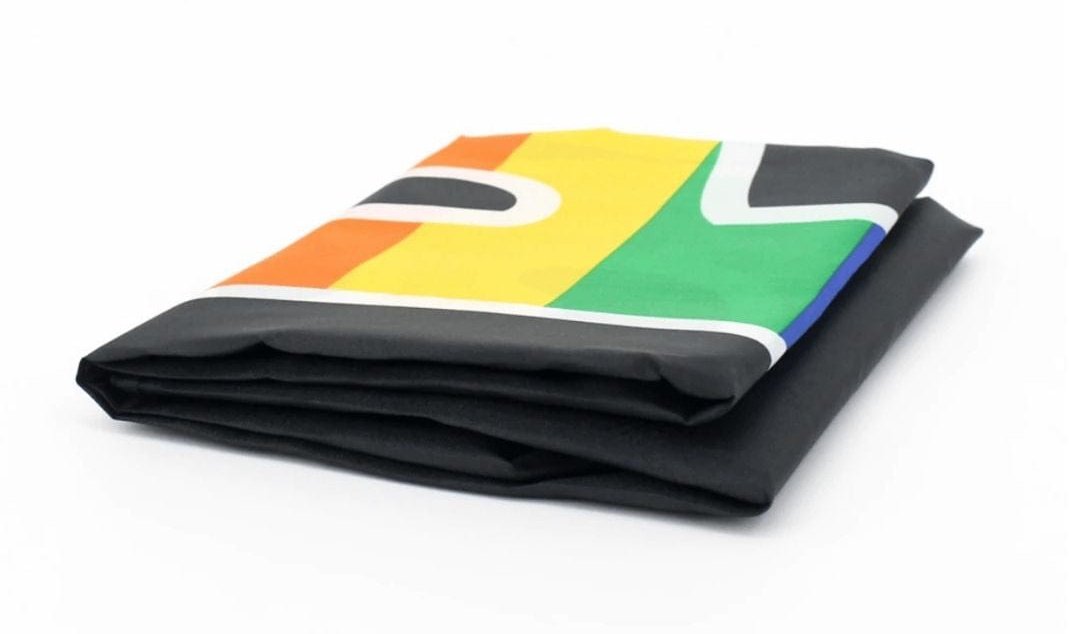
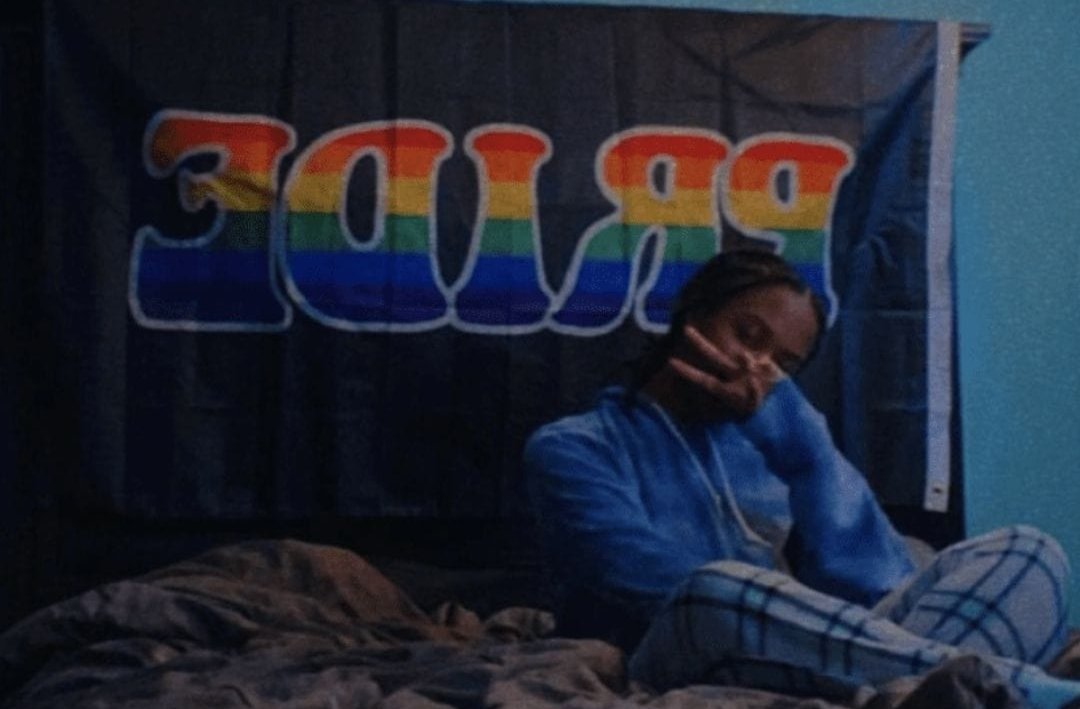
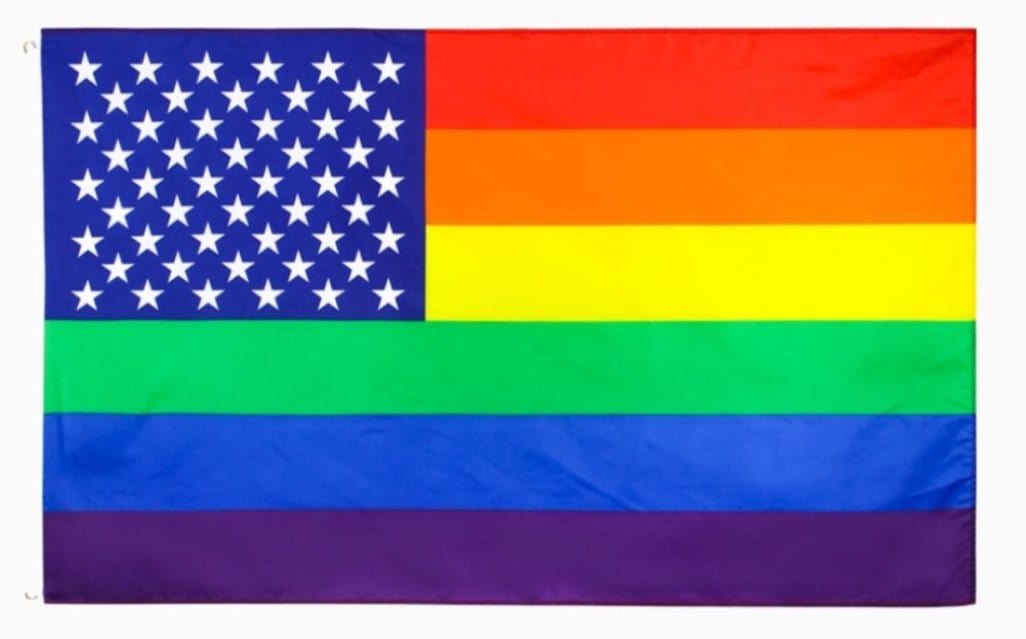
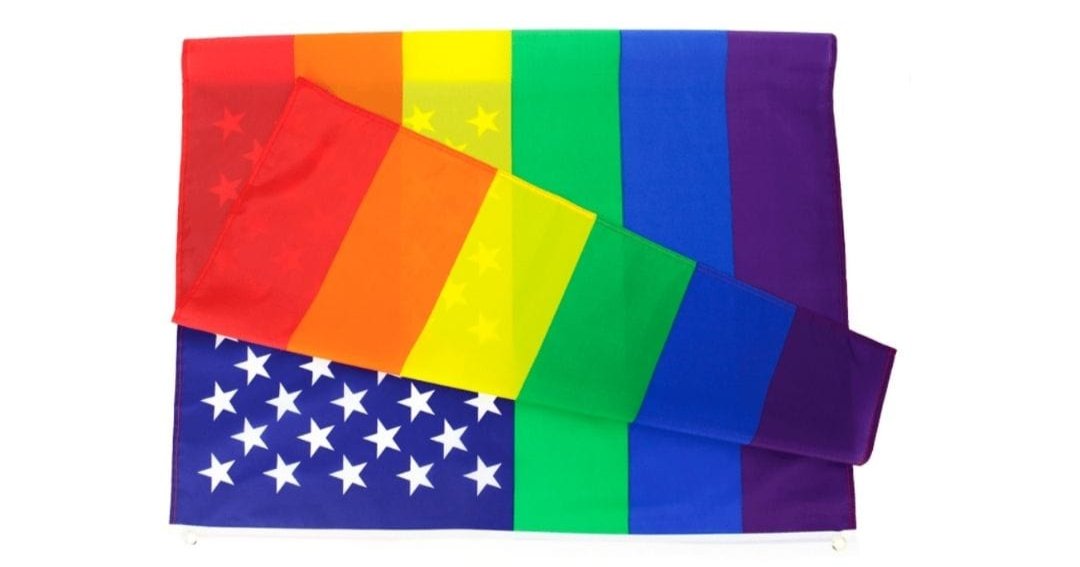
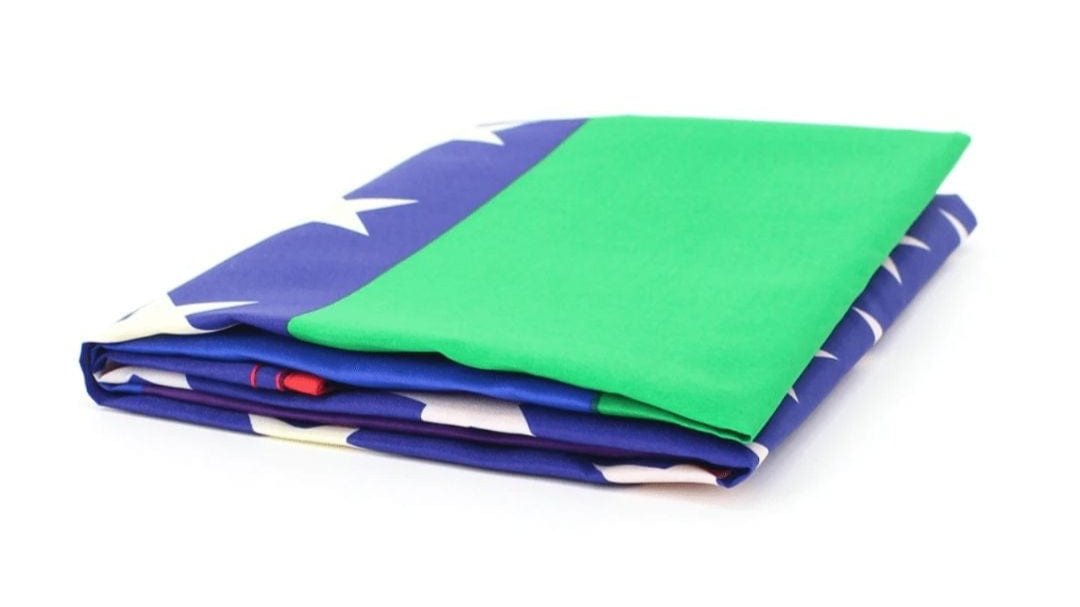
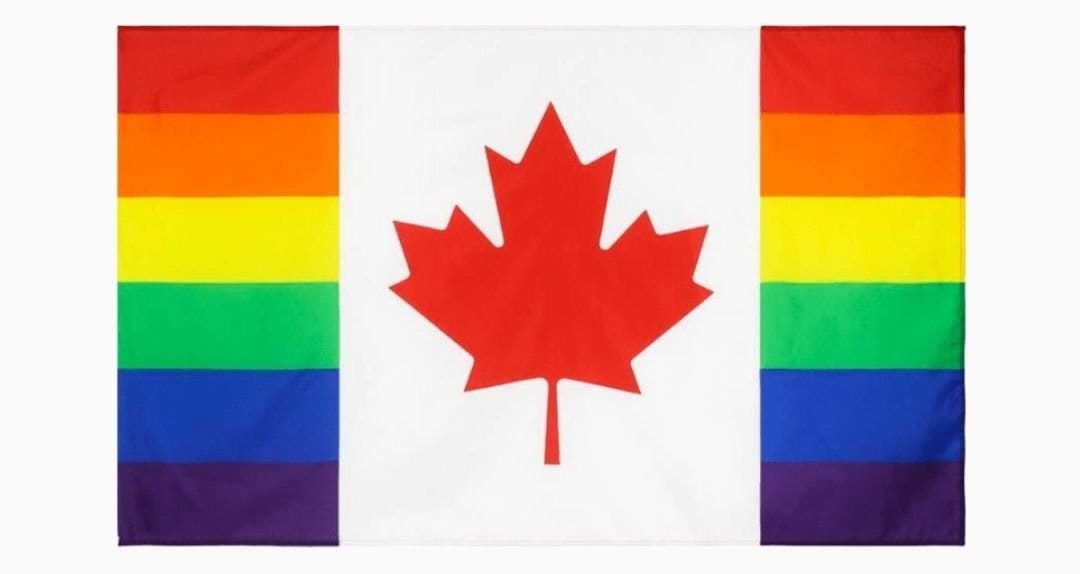
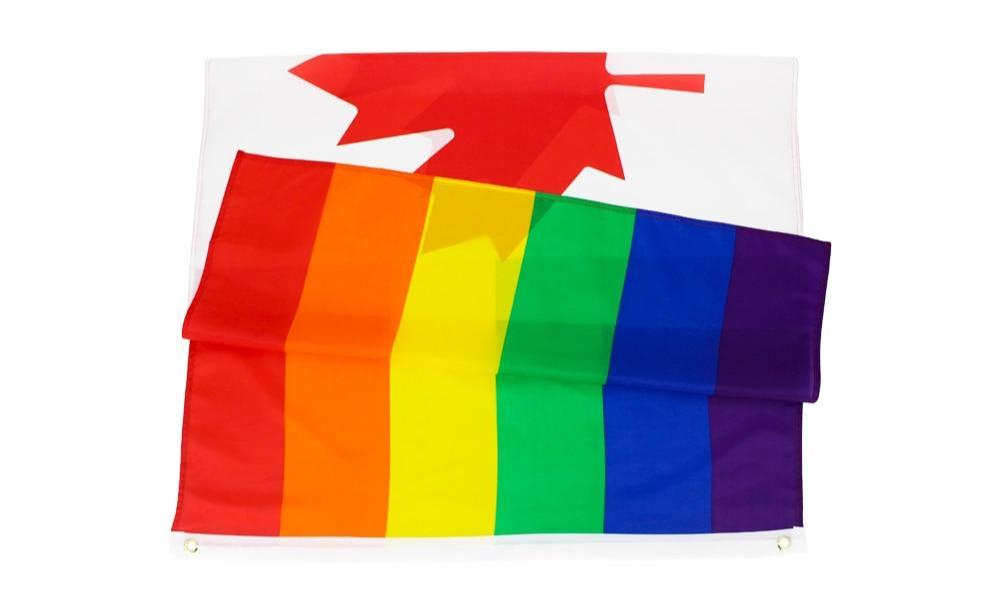

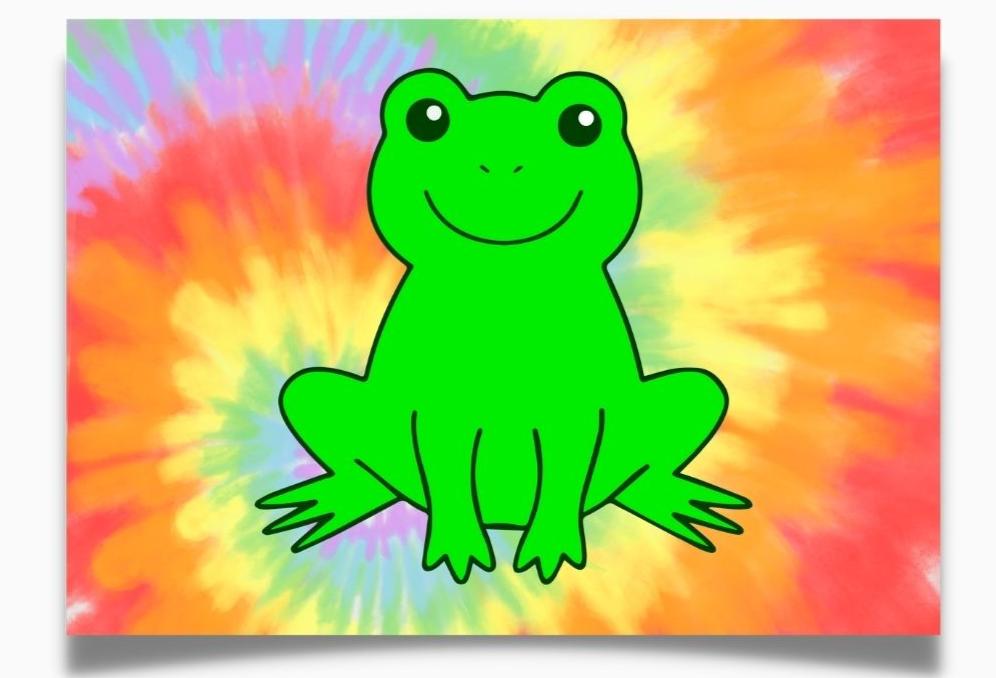
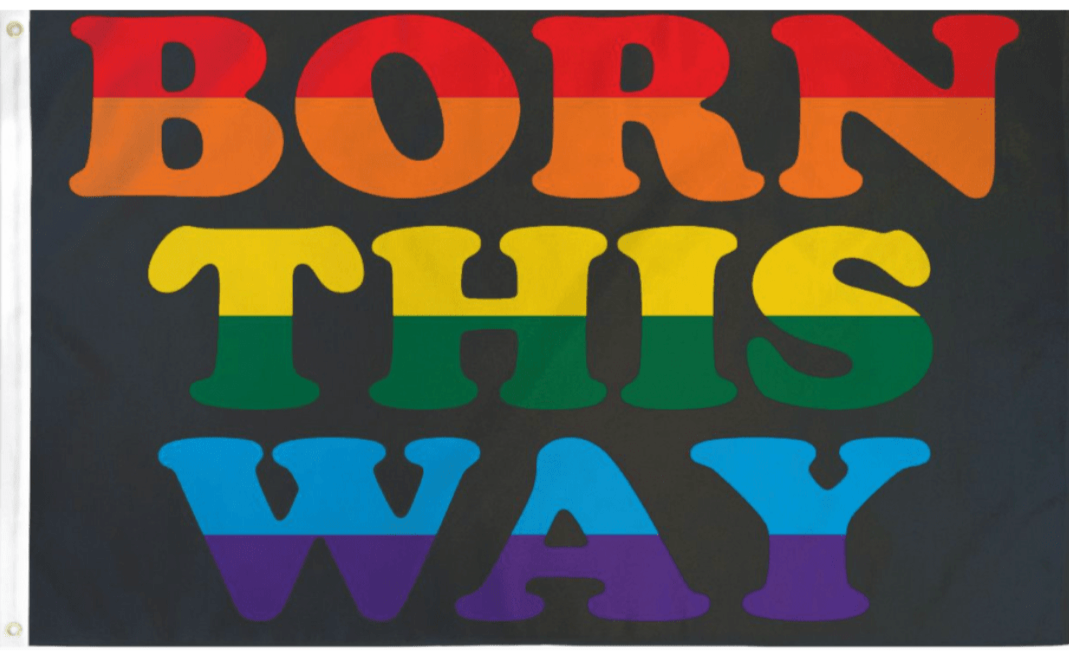
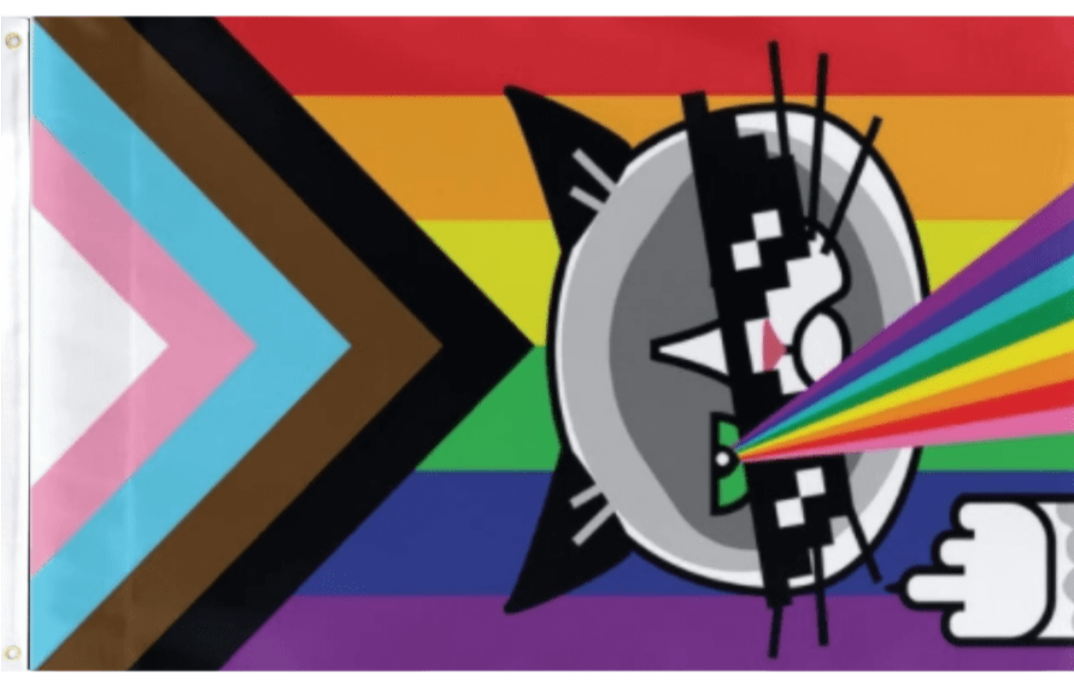
Comments
Thank you for the great information to educate people. I am a Transmale Elder in Sacramento, Ca. I have purchased probably 50-60 flags from your company. I hang them to help educate people. Thank you again